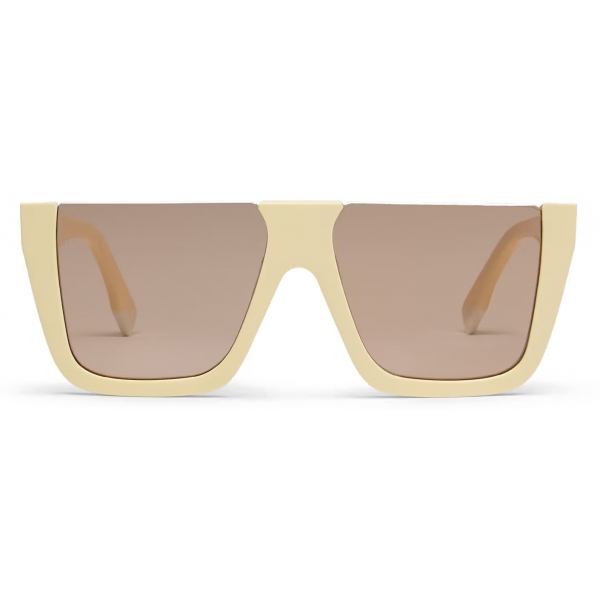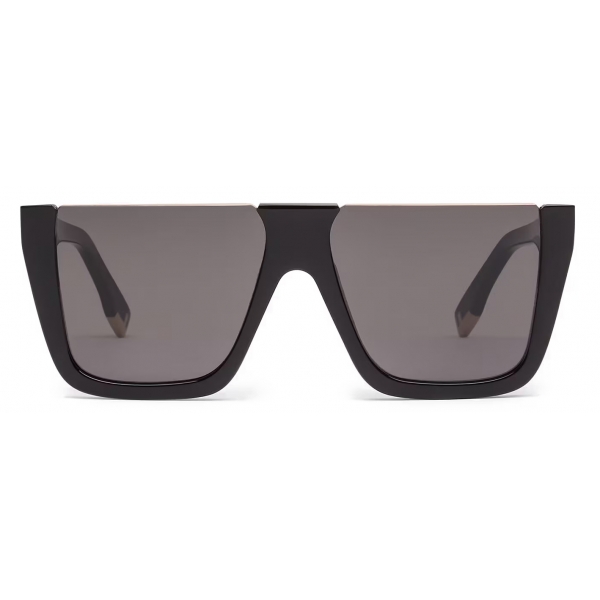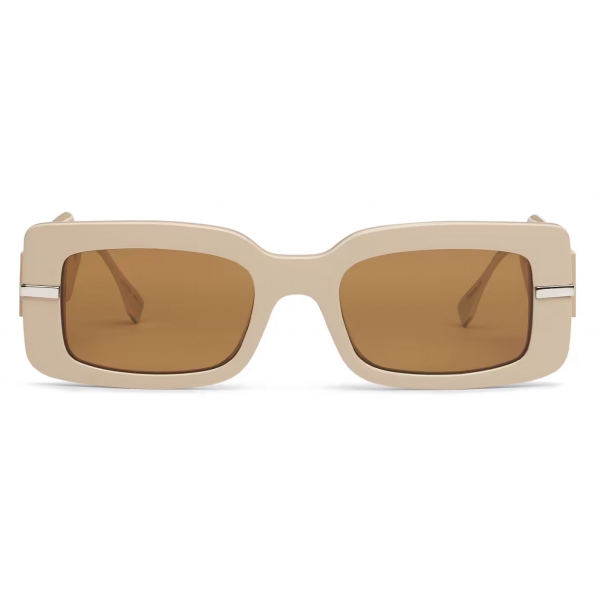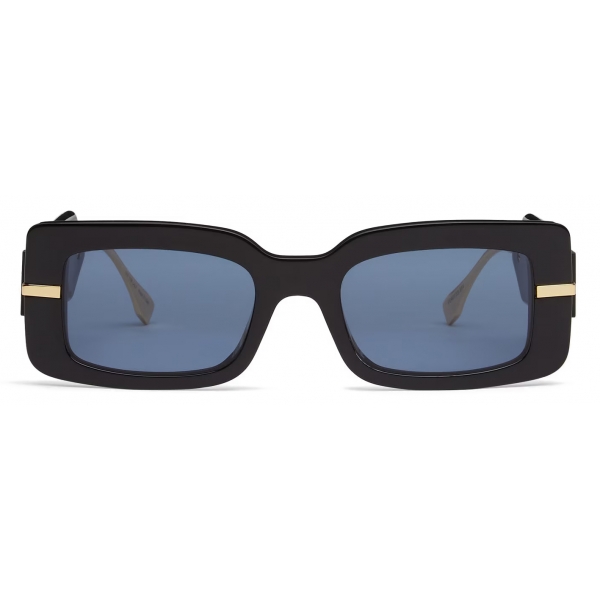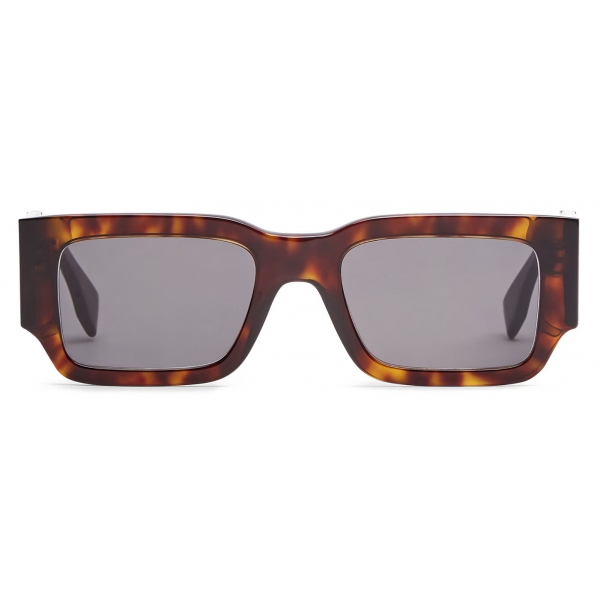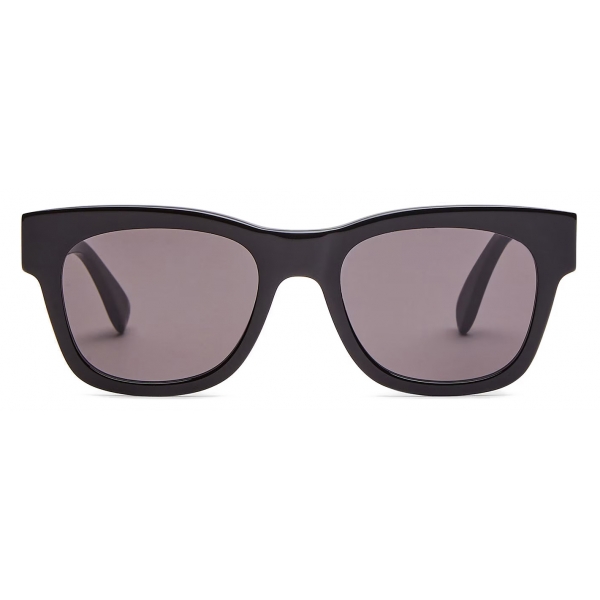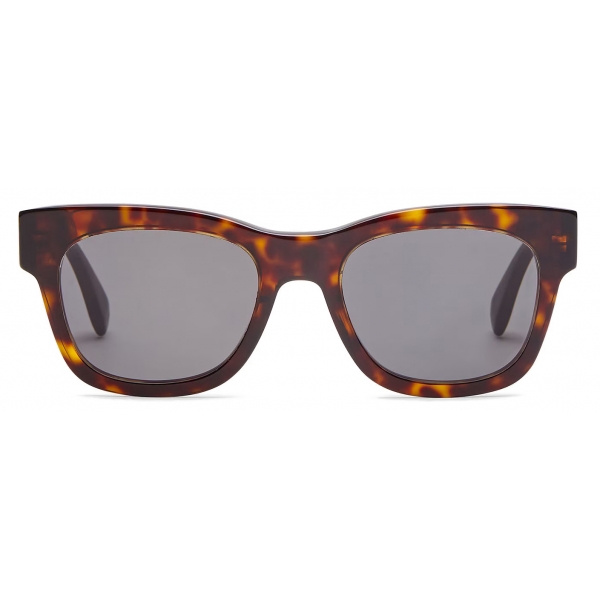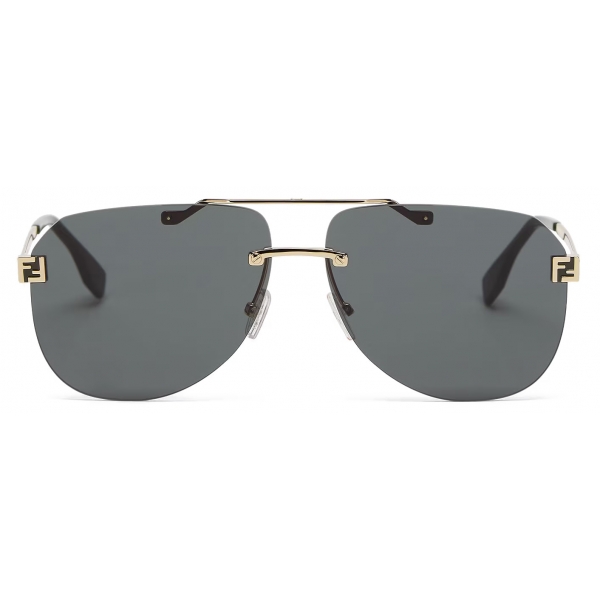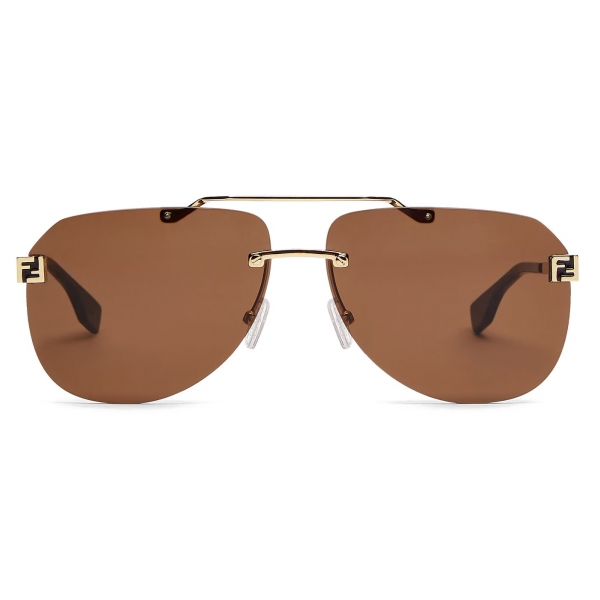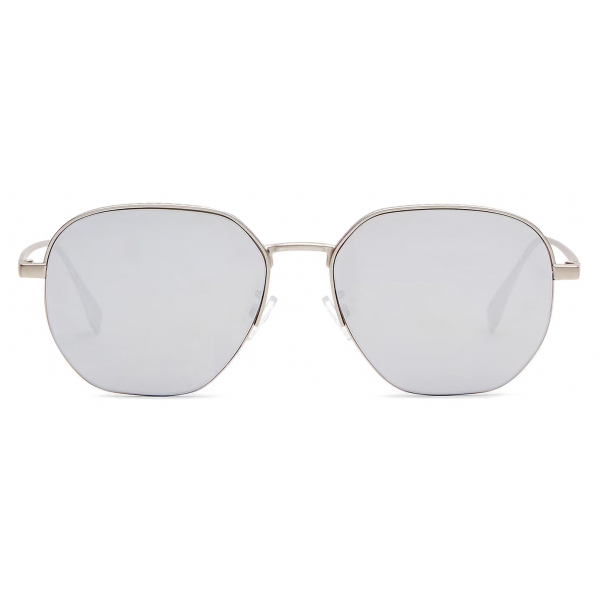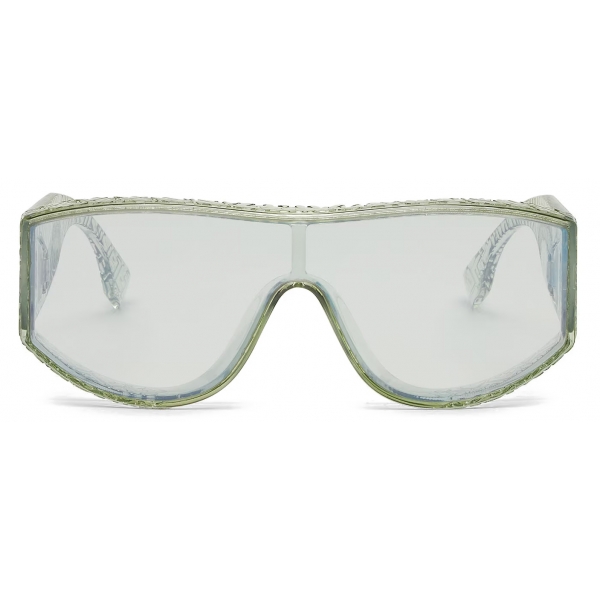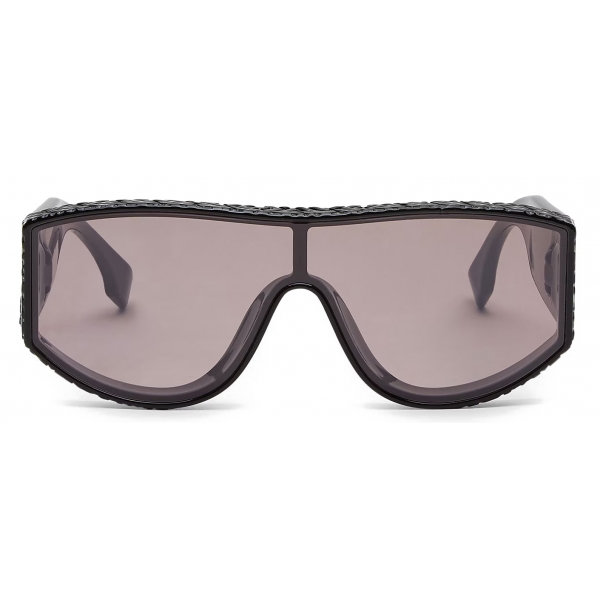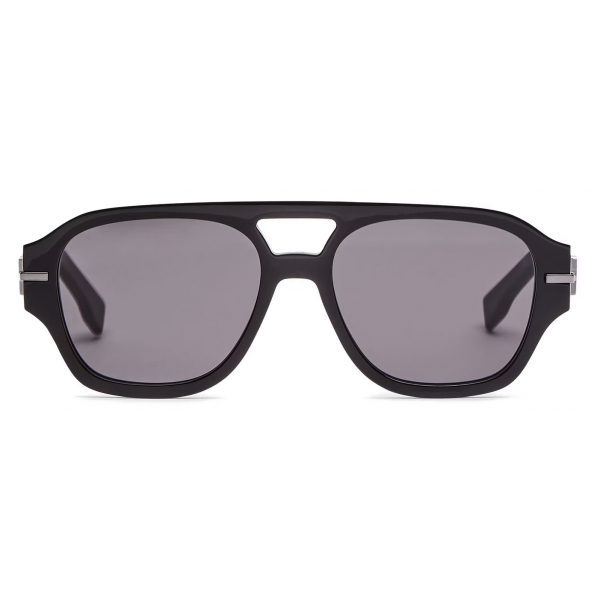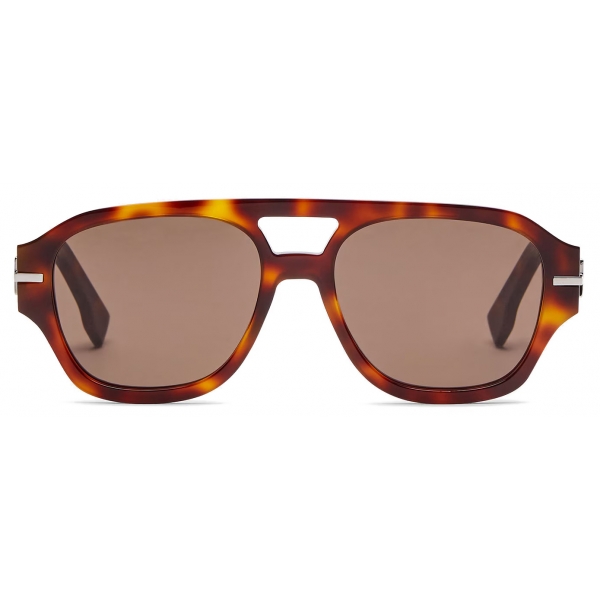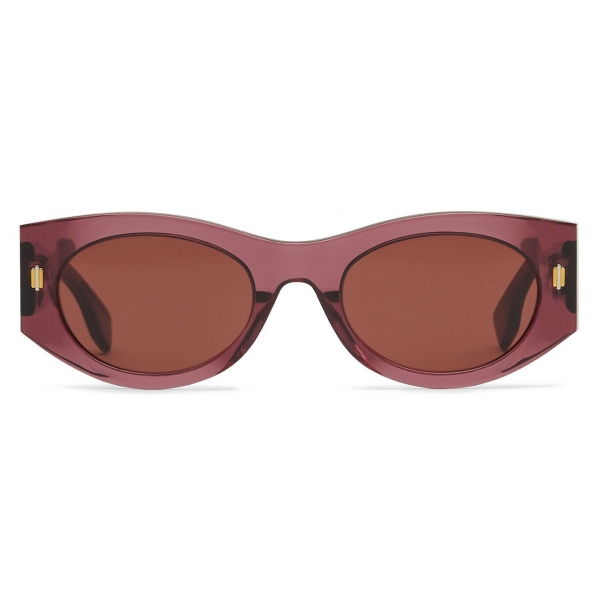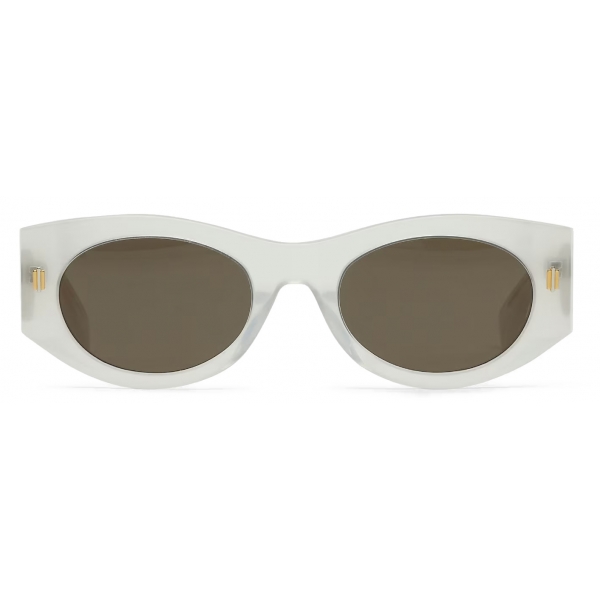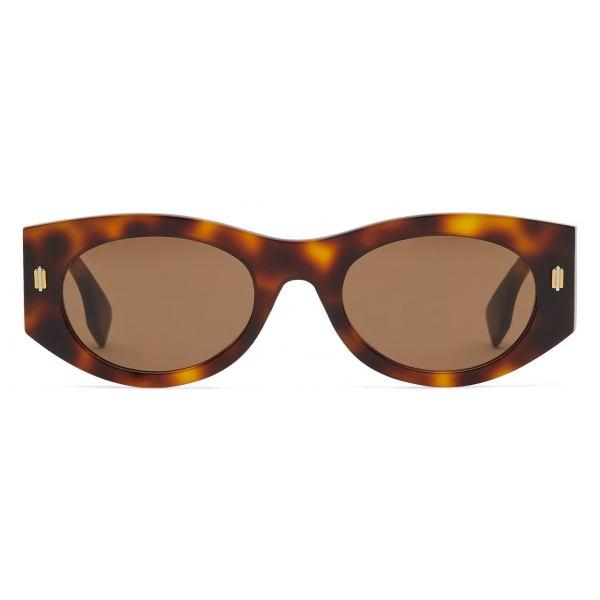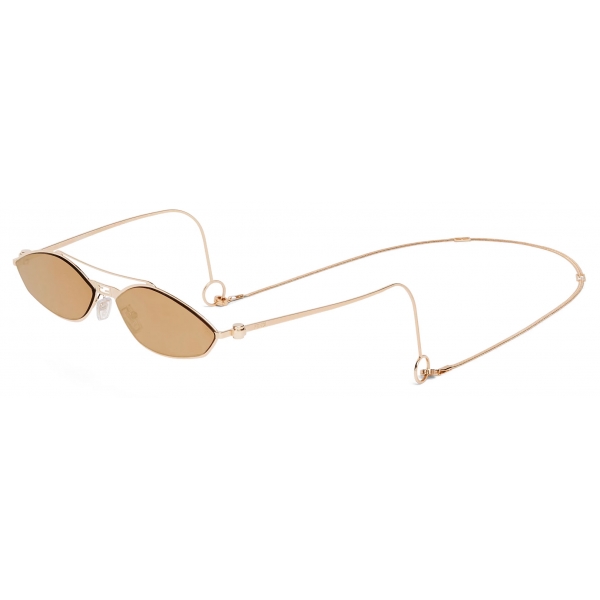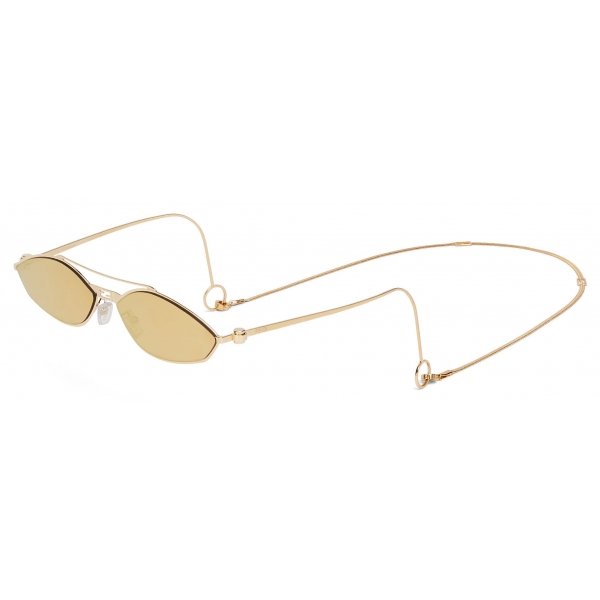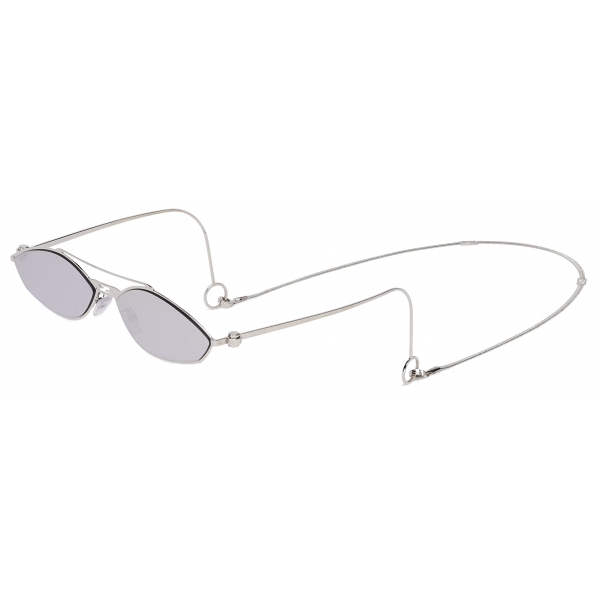No products
Categories
- Fashion Accessories
- Clothing
- Beauty & Lifestyle
-
Hi-Tech & Lifestyle
- Gaming
-
Case
- iPhone 11 Pro
- iPhone 11 Pro Max
- iPhone 11
- iPhone X / XS
- iPhone XS Max
- Samsung S10 / S10+ / S10e
- Huawei P30 / P30 Pro / P30 Lite
- Huawei P20 / P20 Pro / P20 Lite
- iPhone XR
- Samsung S9
- Samsung S9+
- iPhone 8 / 7
- iPhone 8 Plus / 7 Plus
- Samsung S8
- Samsung S8+
- Samsung S7
- Samsung S7 Edge
- iPhone 6 / 6 s
- iPhone 6 Plus / 6 s Plus
- iPhone 5 / SE
- Skin
- Audio
- Smart Home
- Drones & Hoverboard
- Photo & Video
- Desk Supplies
- Accessories
- Games
- Beverages
- Food
- Home
- Jewelry
- Luxury
- Travel
- Art
- Footwear
- Vintage Fashion
- Restaurants
- Sport
- Animals
- Gift Ideas
- Kidswear
Extra
Fendi
Founded in 1925 in Rome
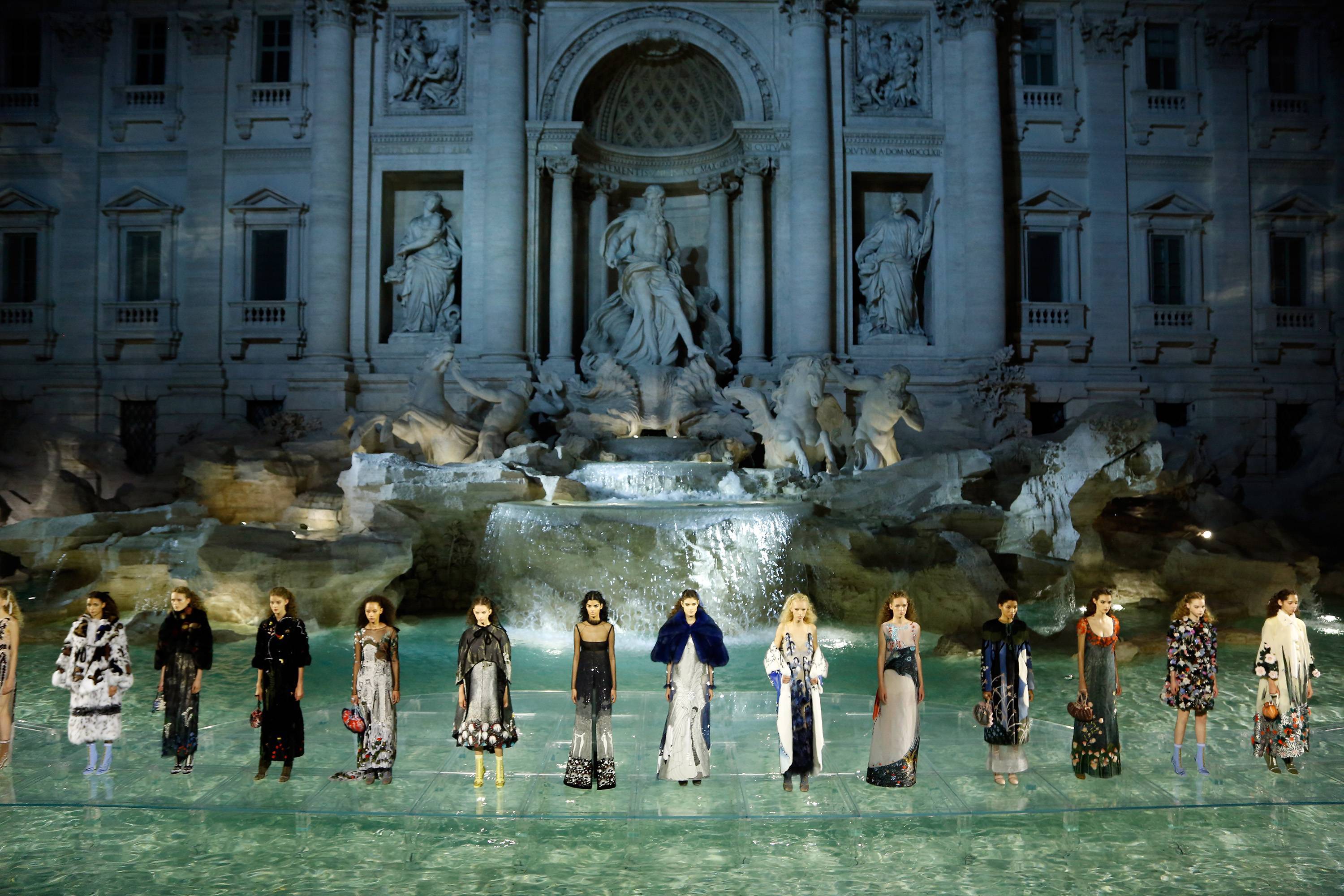
Identity
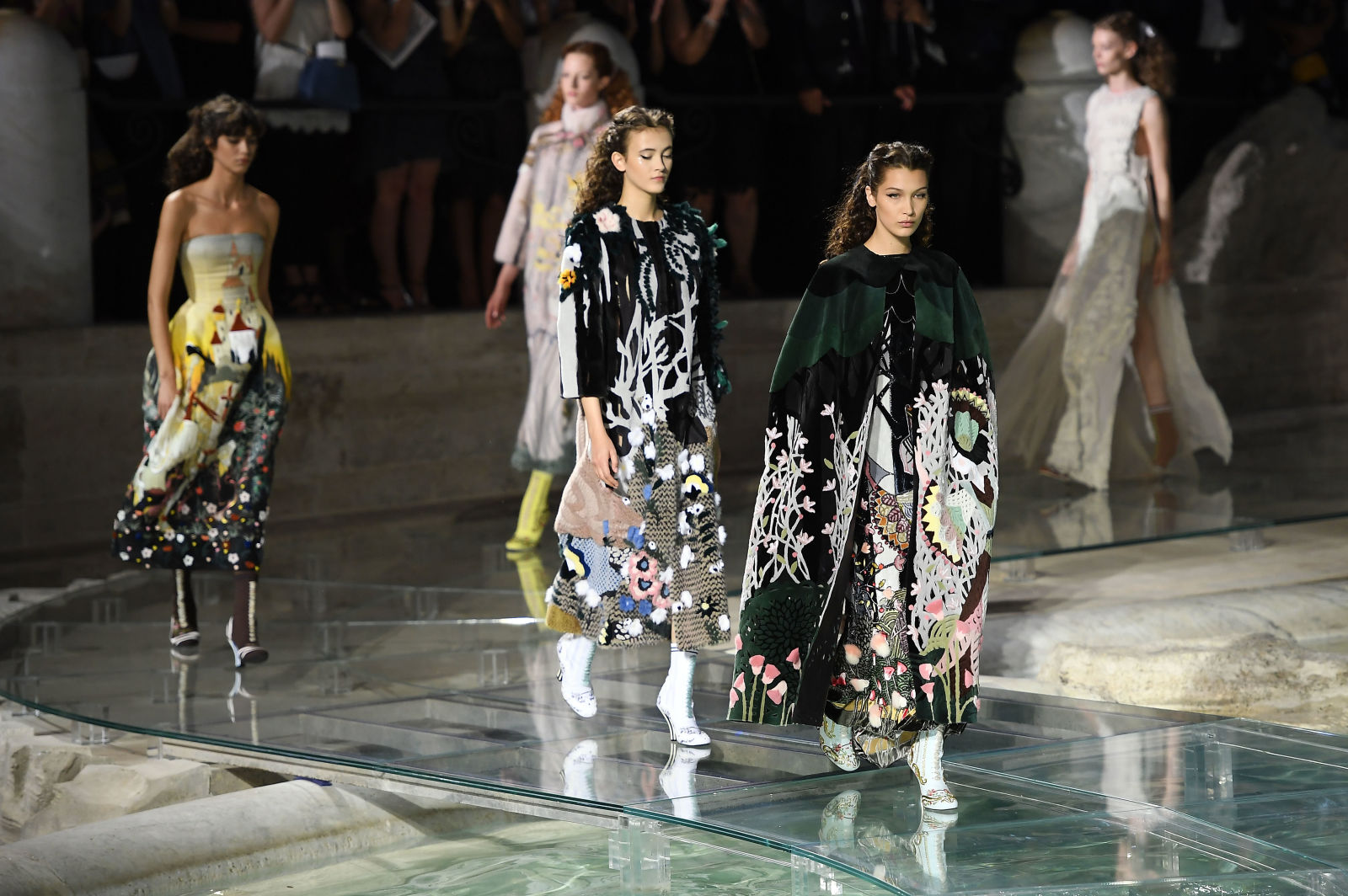
To explain the Fendi fashion house a mathematical theorem would perhaps be necessary, in which tradition and innovation, craftsmanship and freedom of creativity are wisely dosed as a guarantee of a success never taken for granted, following the idea that nothing is impossible. - Silvia Venturini Fendi
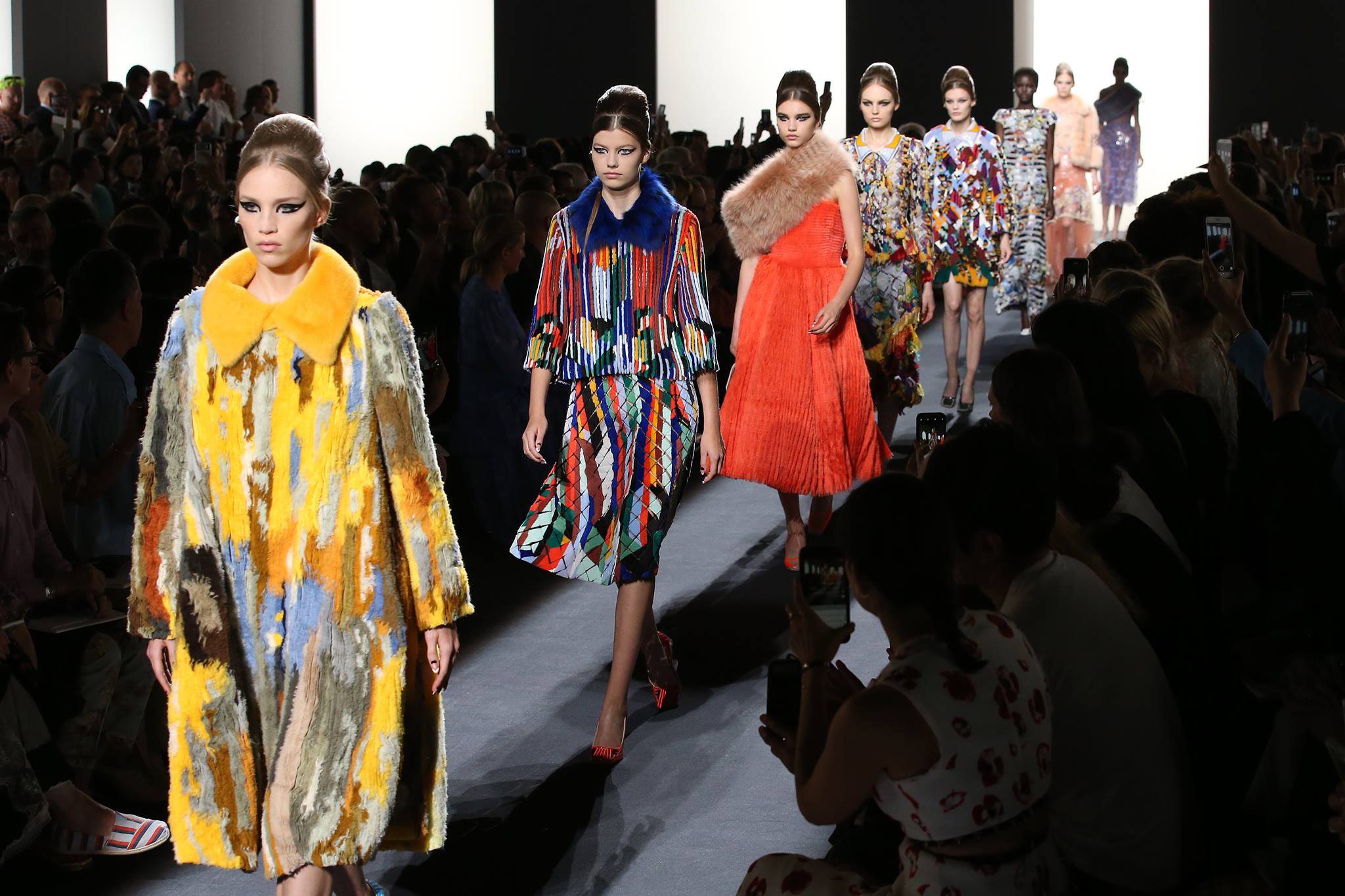
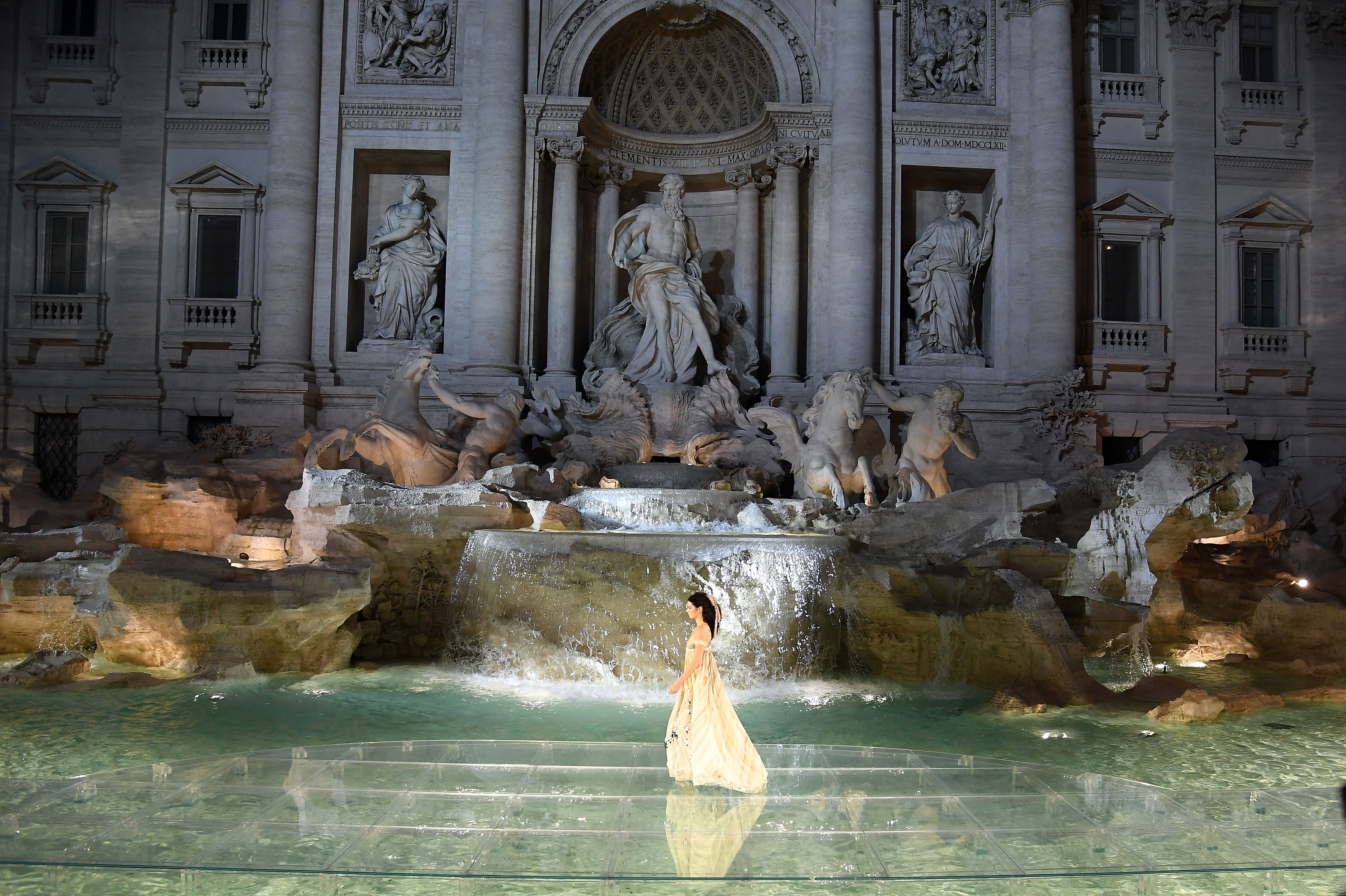
The Fendi adventure began in 1925 on Via del Plebiscito, a busy street whose location in the heart of Rome made it a main thoroughfare used by the transalpine aristocracy.
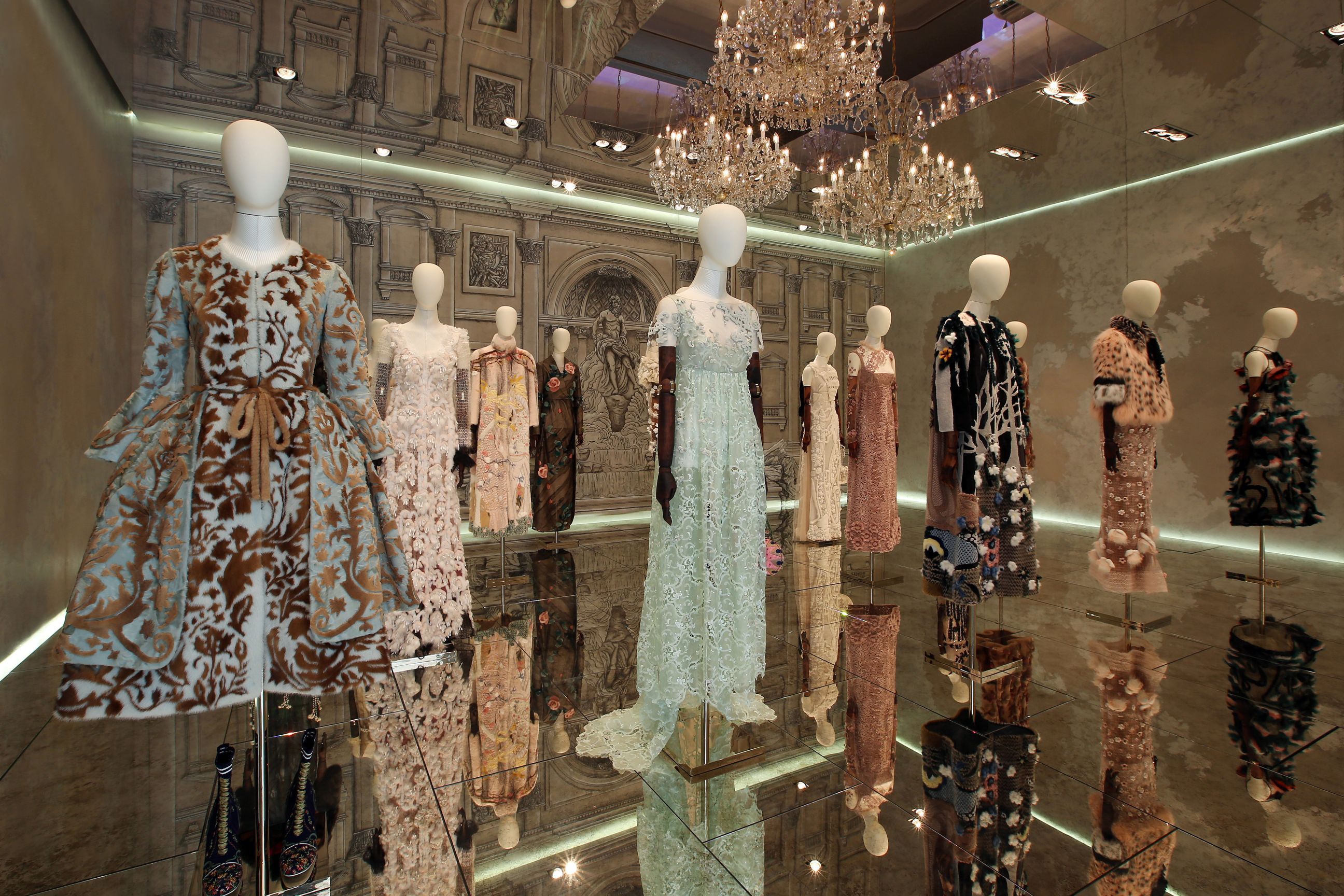
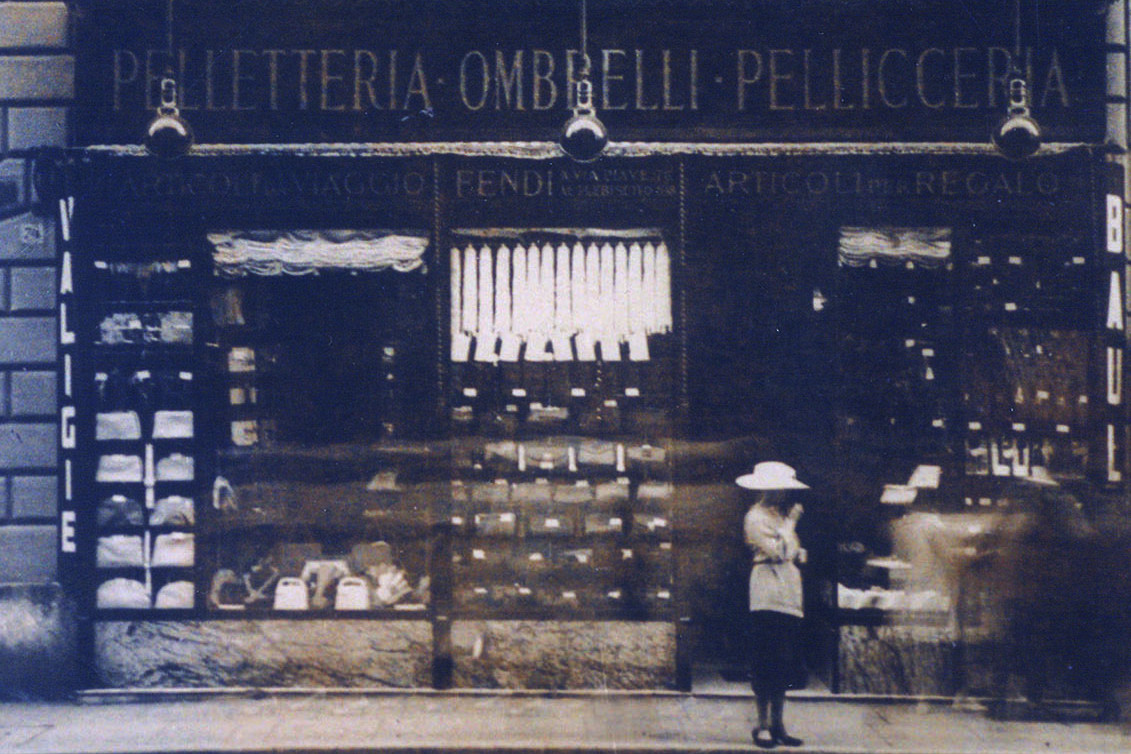
Adele and Edoardo Fendi opened a small and medium leather goods shop and set up what was then a secret fur workshop.
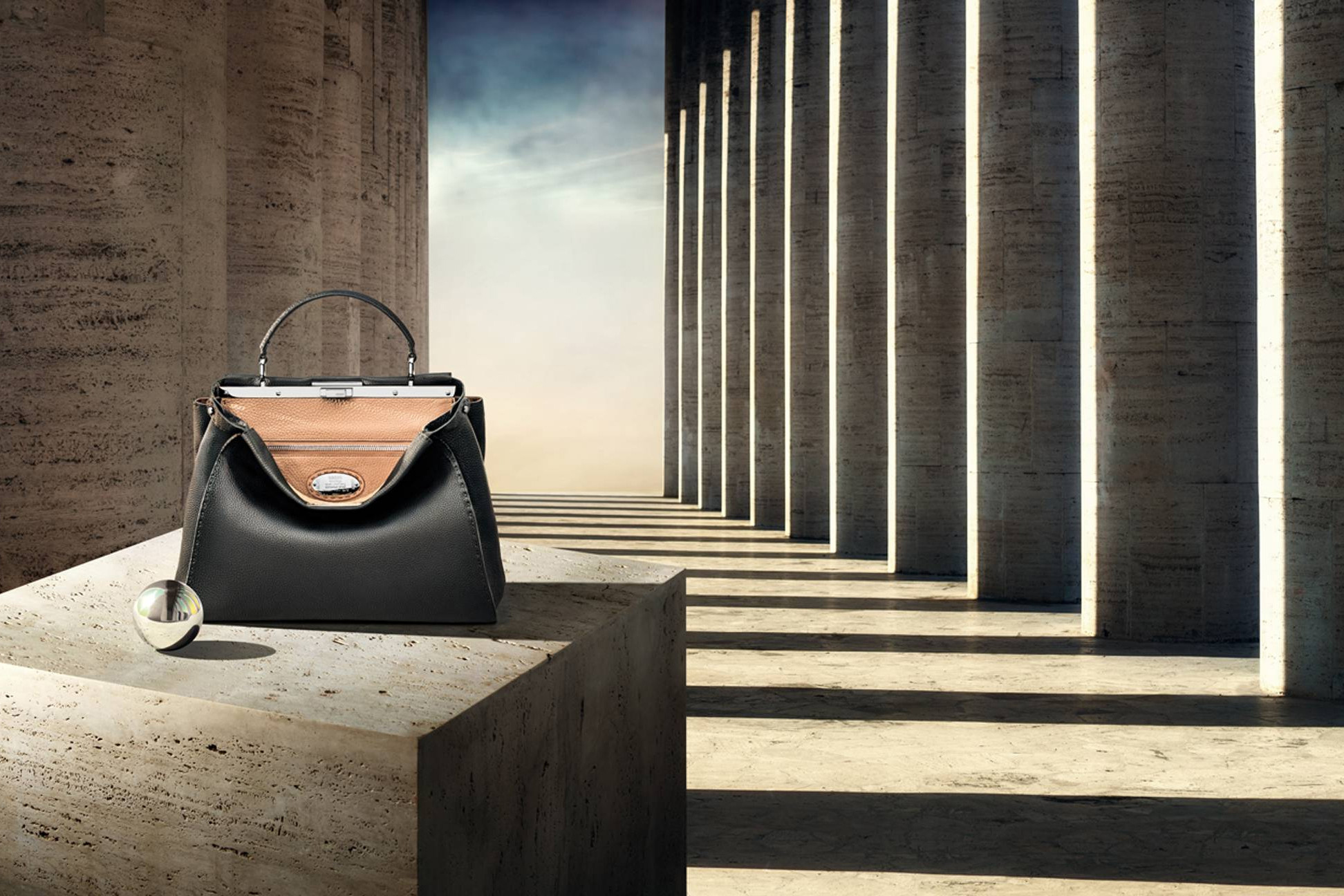

The shop was set in an area through which nobility would ride on their way to excursions by the sea, and Adele, watching the passing carriages, was inspired by the horse’s beautiful saddles and bridles to create a line of handbags using those same techniques.
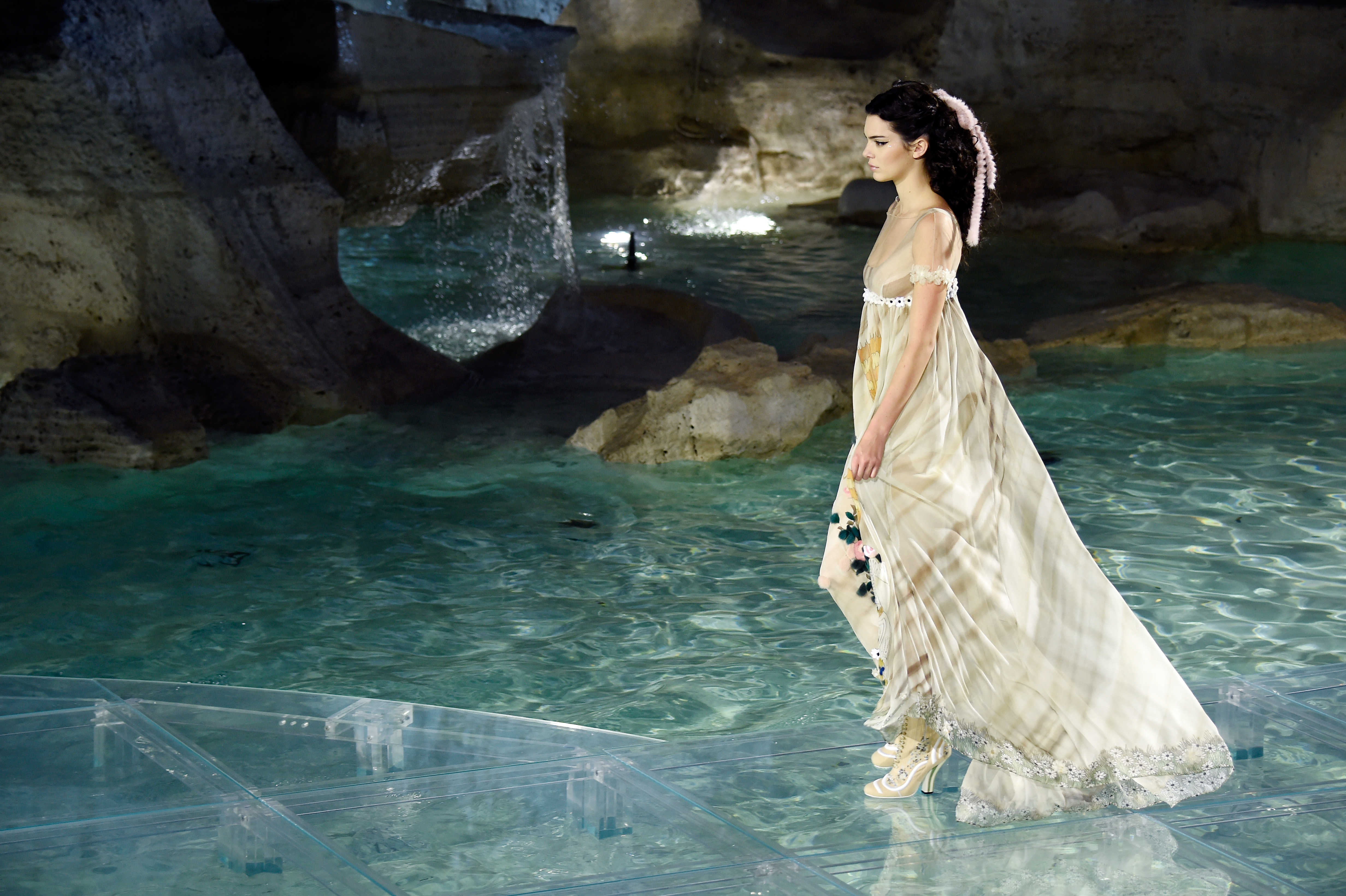
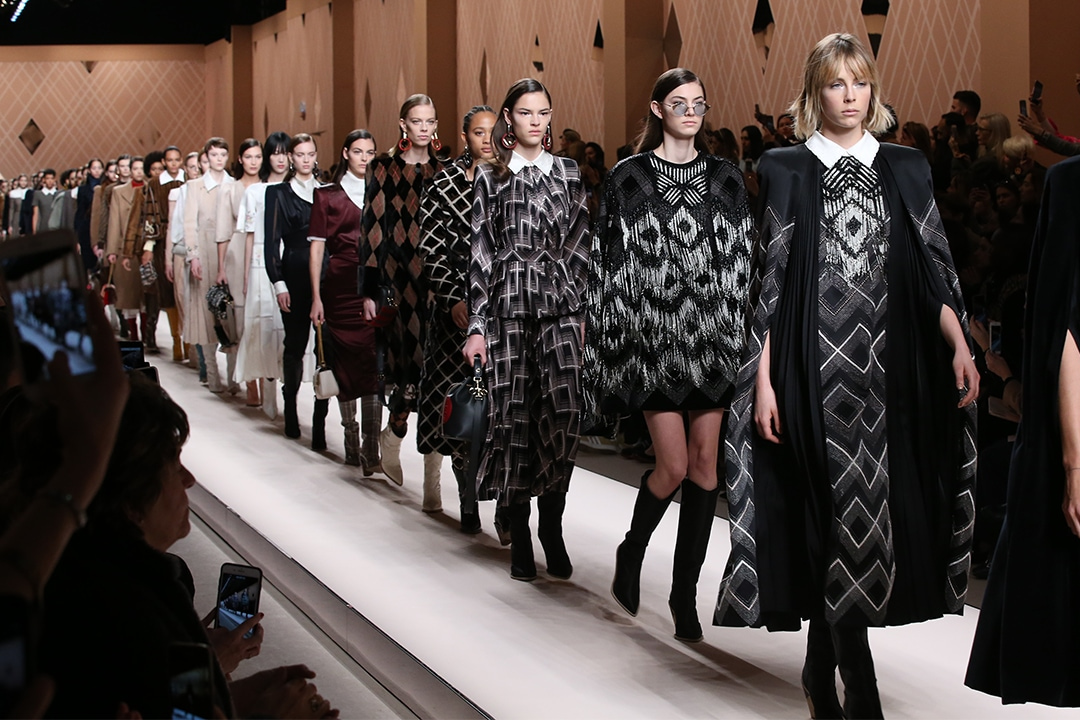
Success came quickly, already in the 30s the finest furs and leather accessories of the Fendi laboratory reached international fame thanks to the rich ladies in visit to the Eternal City who had a penchant for Italian craftsmanship.


The success was confirmed when their five daughters, Paola, Anna, Franca, Carla and Alda, decided to get involved in the family business bringing new energy and ideas.
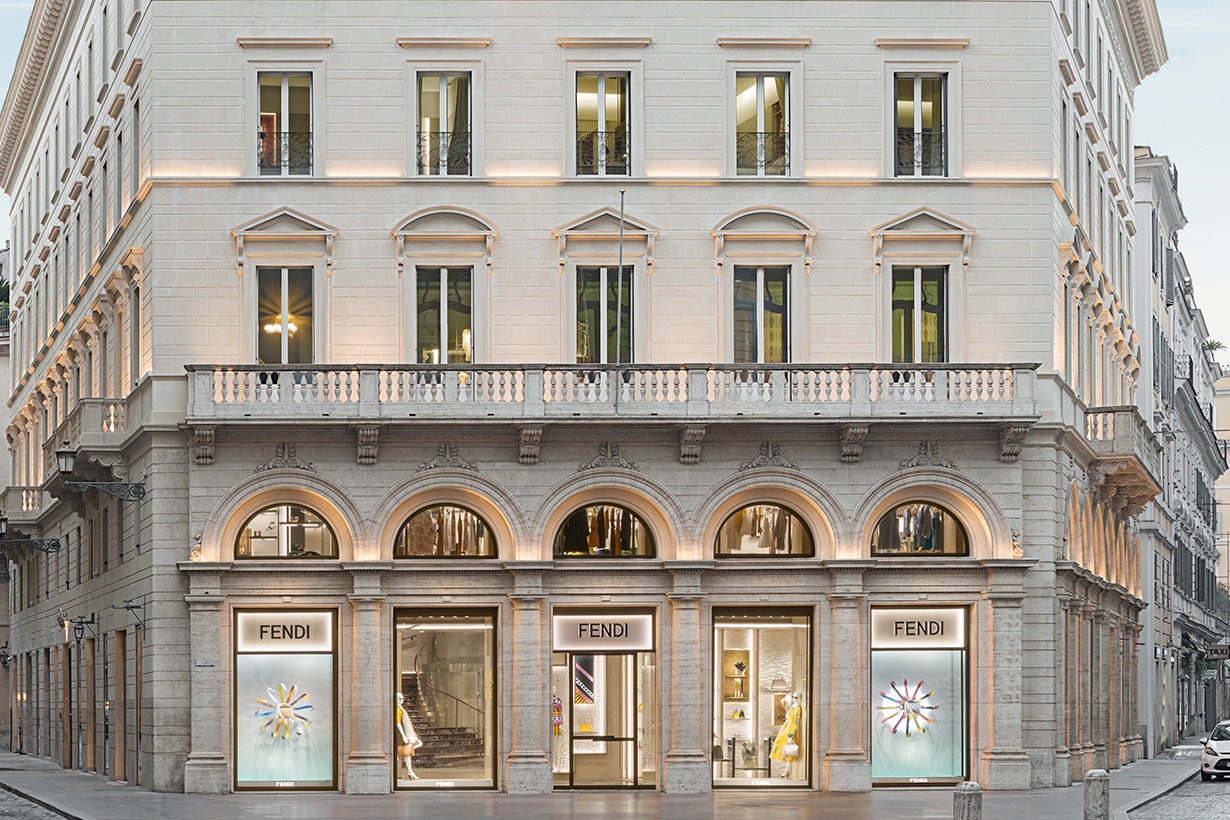
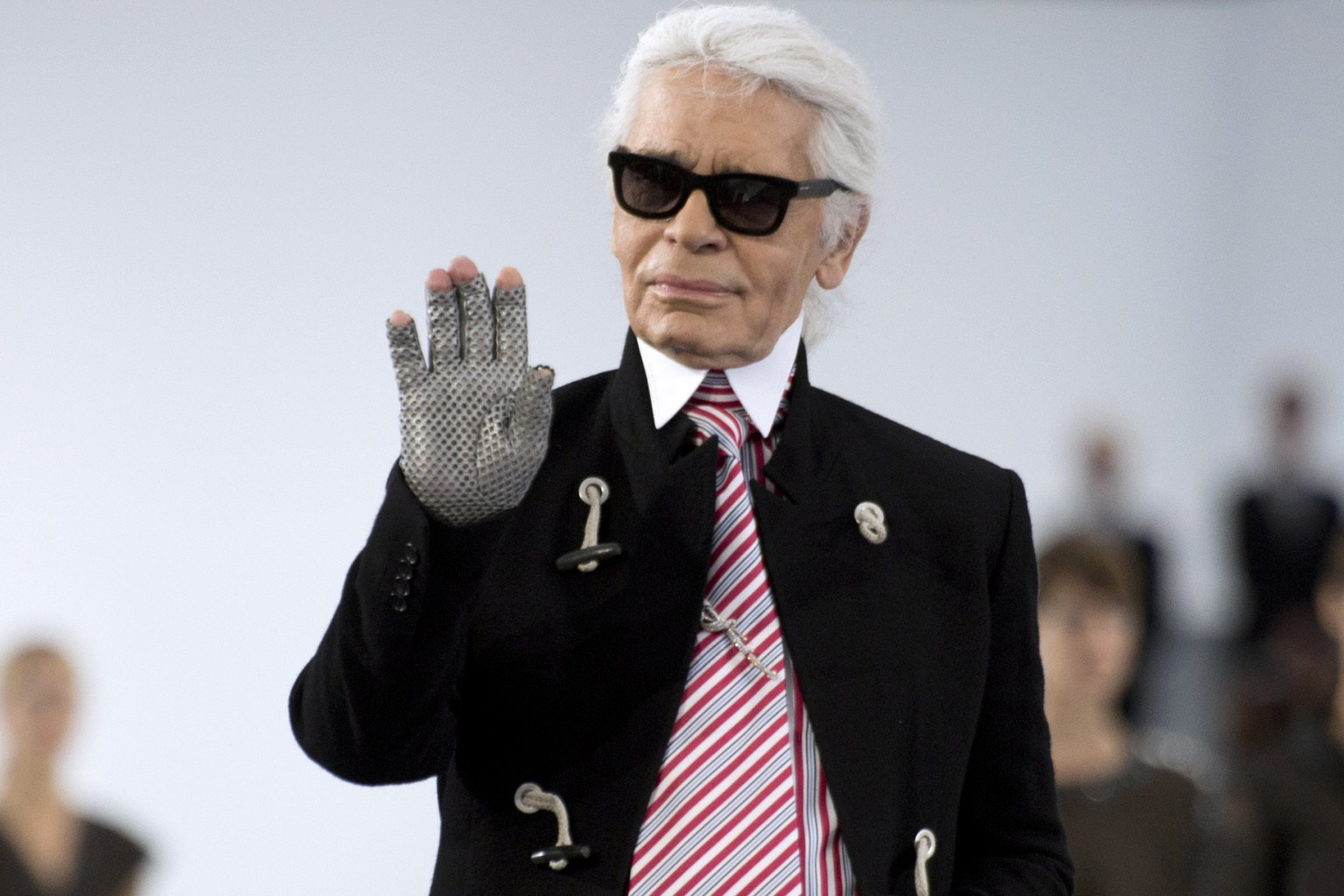
Nicknamed the five fingers of the hand, it was they who, in 1965, invited a young German designer to join the House. His name: Karl Lagerfeld!
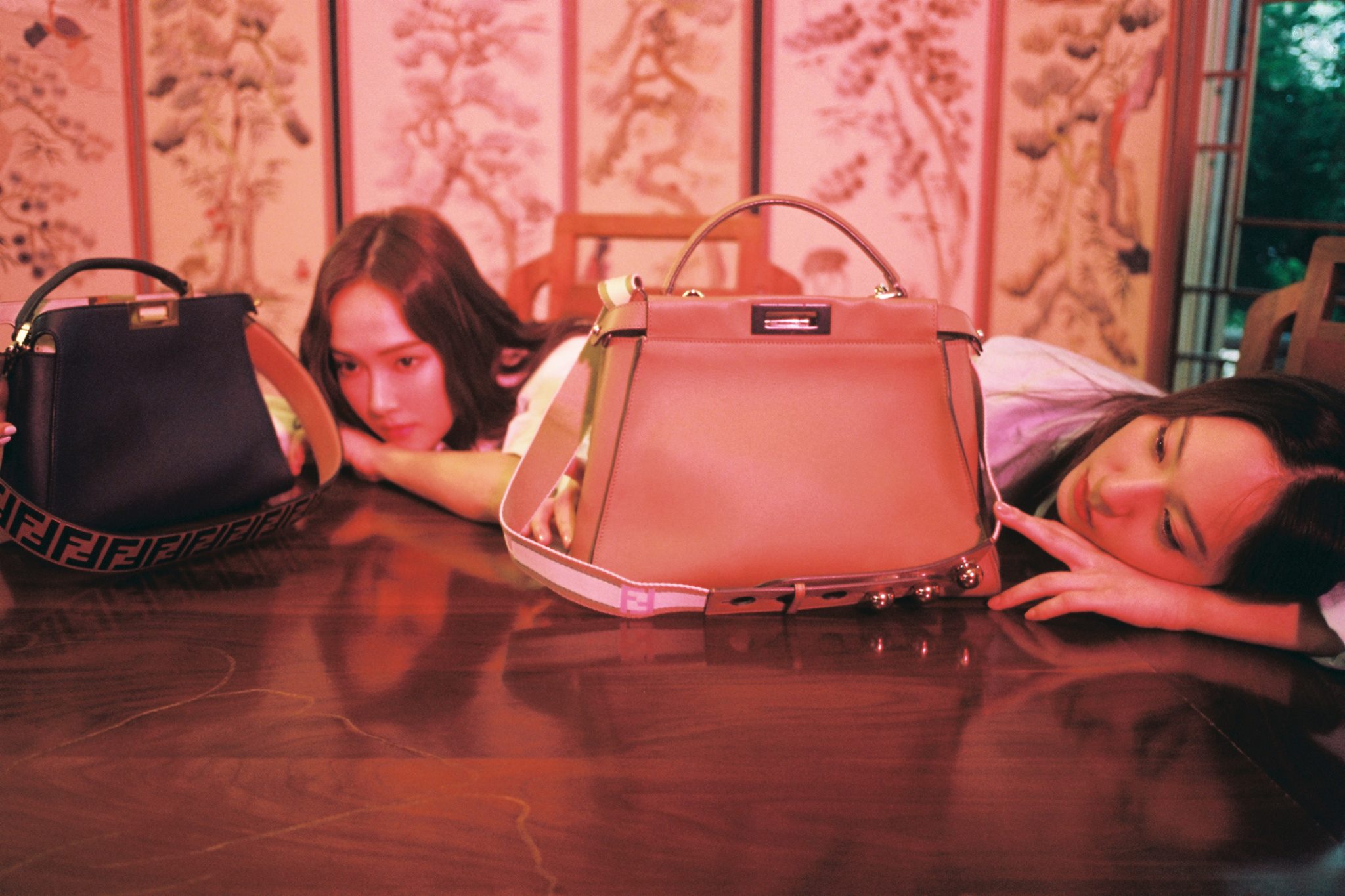
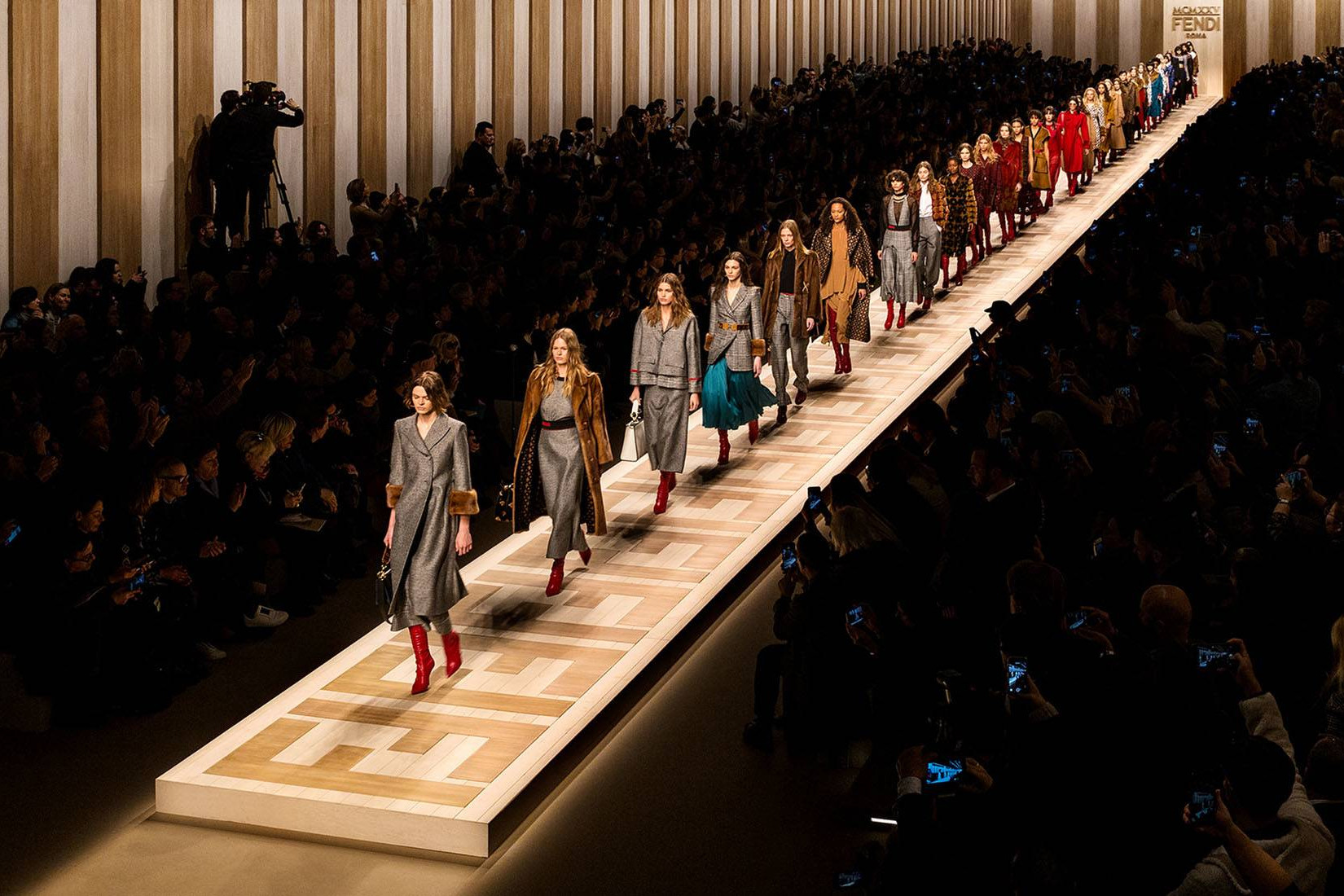
A year later came the double F logo originally used as invisible lining for luggage, which today has become a symbol of luxury and exhibited with pride among the most significant examples of the phenomenon of logo mania.

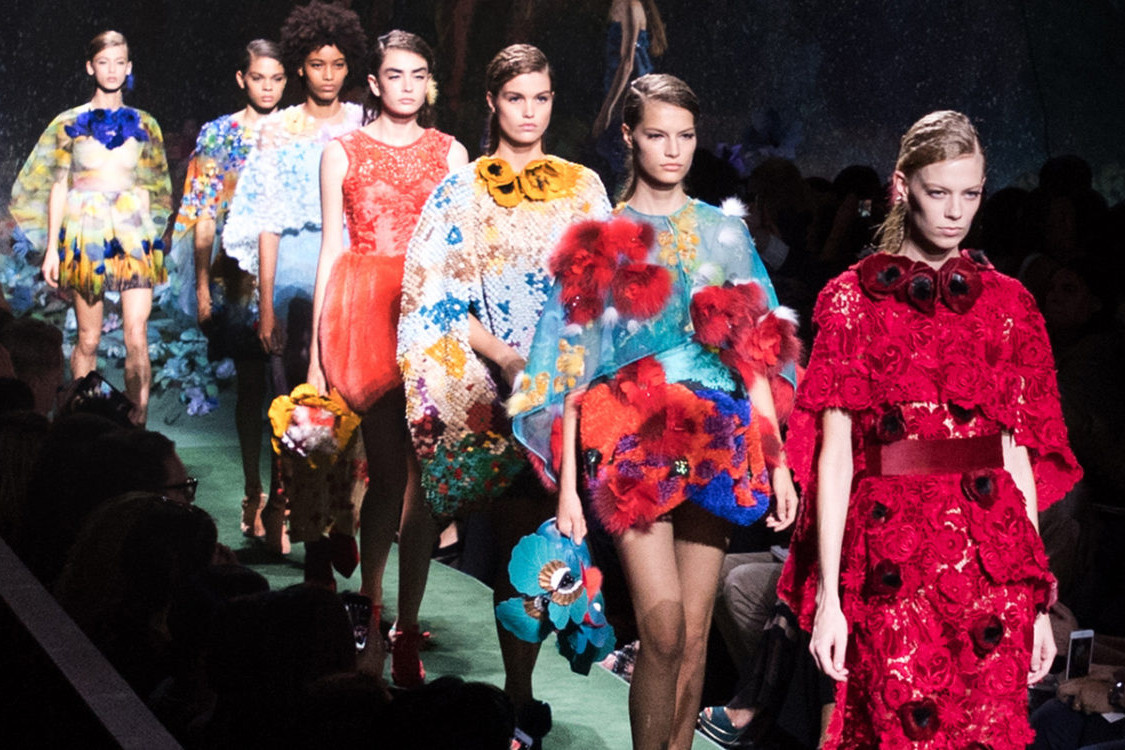
After revolutionizing how to wear fur by fully reinterpreting it, transforming it into a fashionable, soft, light item of clothing, Karl Lagerfeld launched the House’s ready-to-wear collection in 1977. He still provides artistic direction alongside Silvia Venturini Fendi, who represents the third generation of the family and is in charge of accessories, menswear and kidswear.
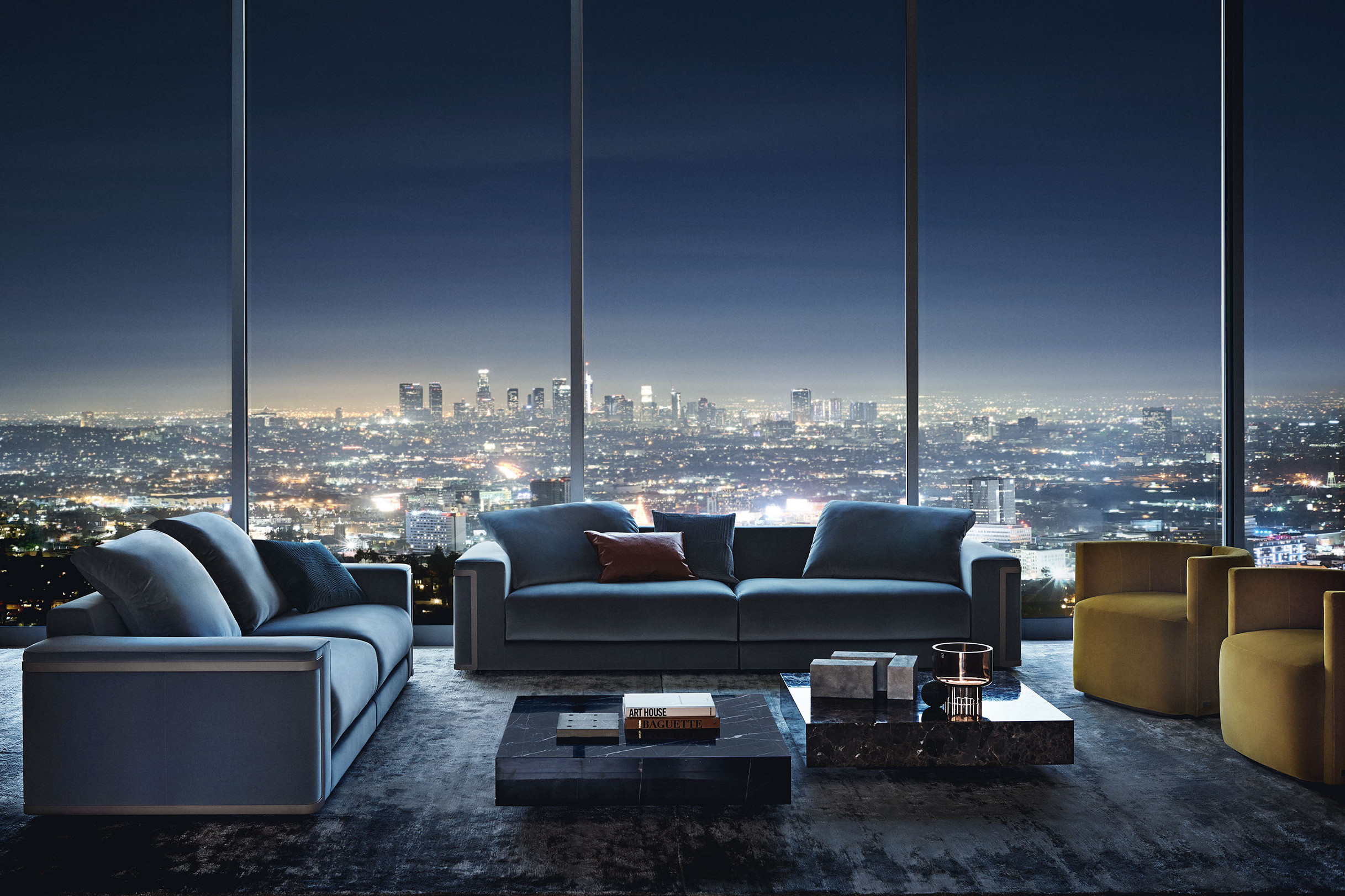
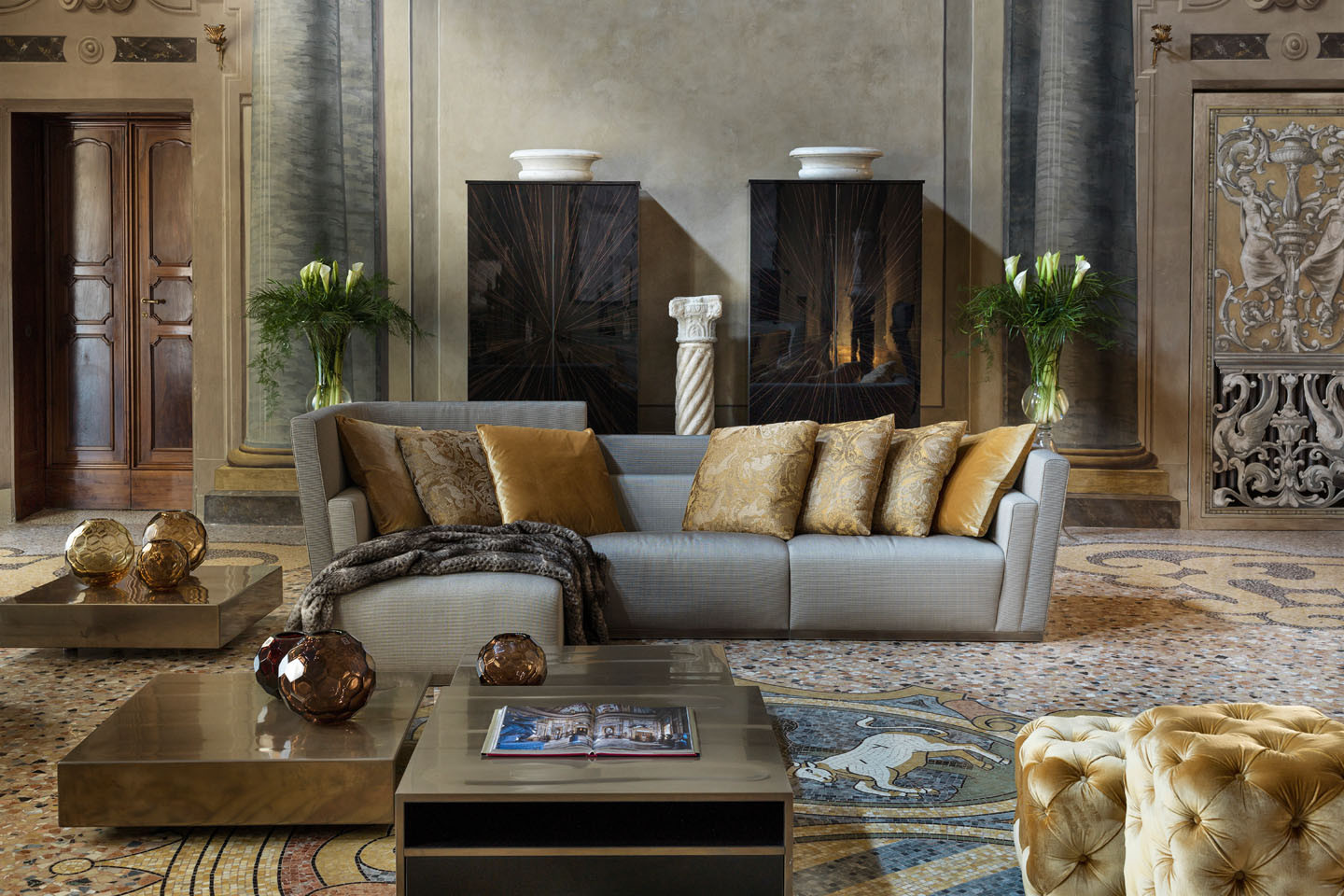
In the ‘80s Fendi emerged as a global lifestyle brand, in 1989 Fendi Casa was founded, with the aim of decorating the environments with the same perspective of the fashion lines.
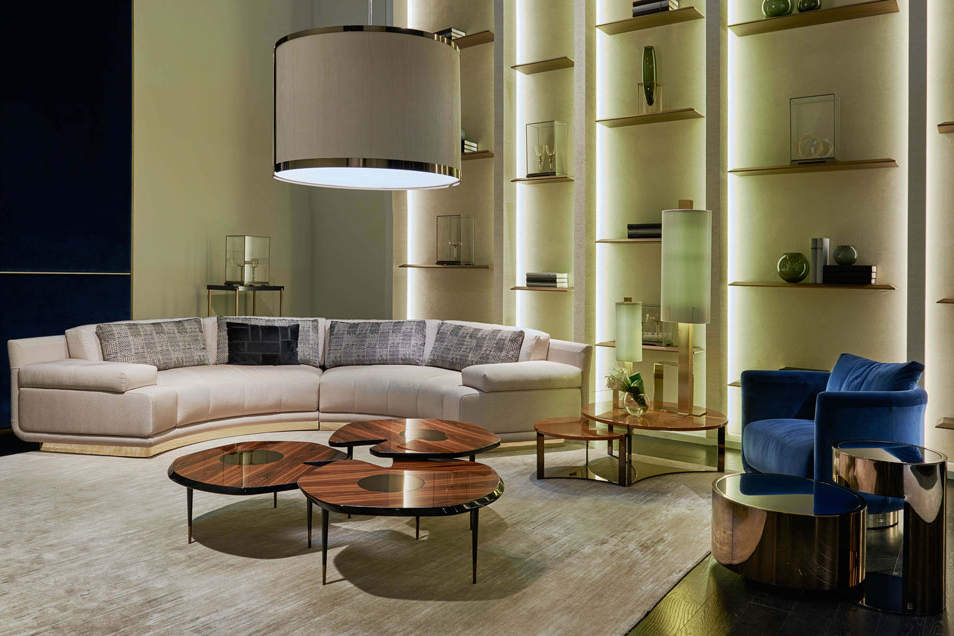
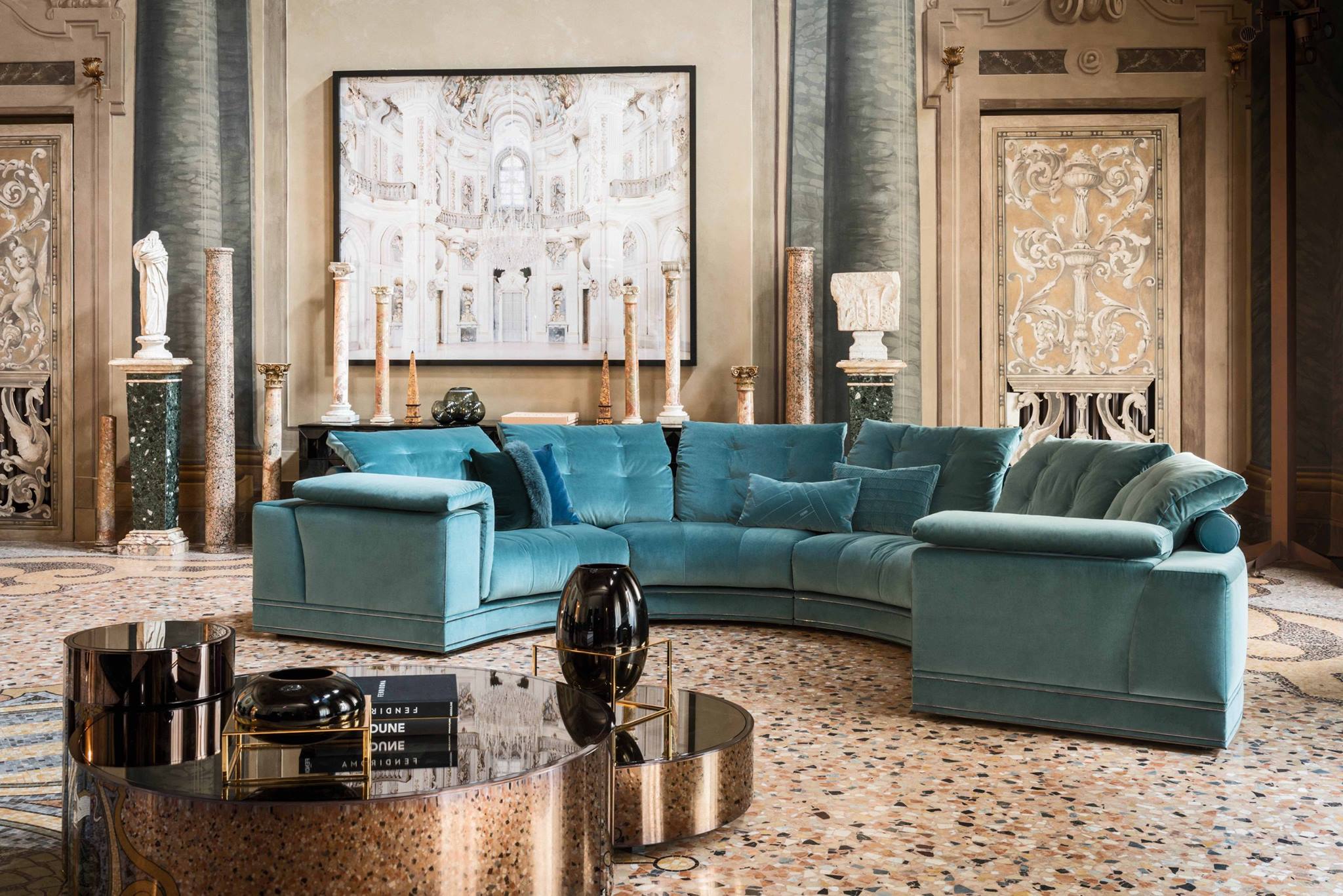
Foxes, mink, sable are so transposed into plaids and cushions, characterized by fashion details like the double F logo or the characteristic Spy Bag closing.
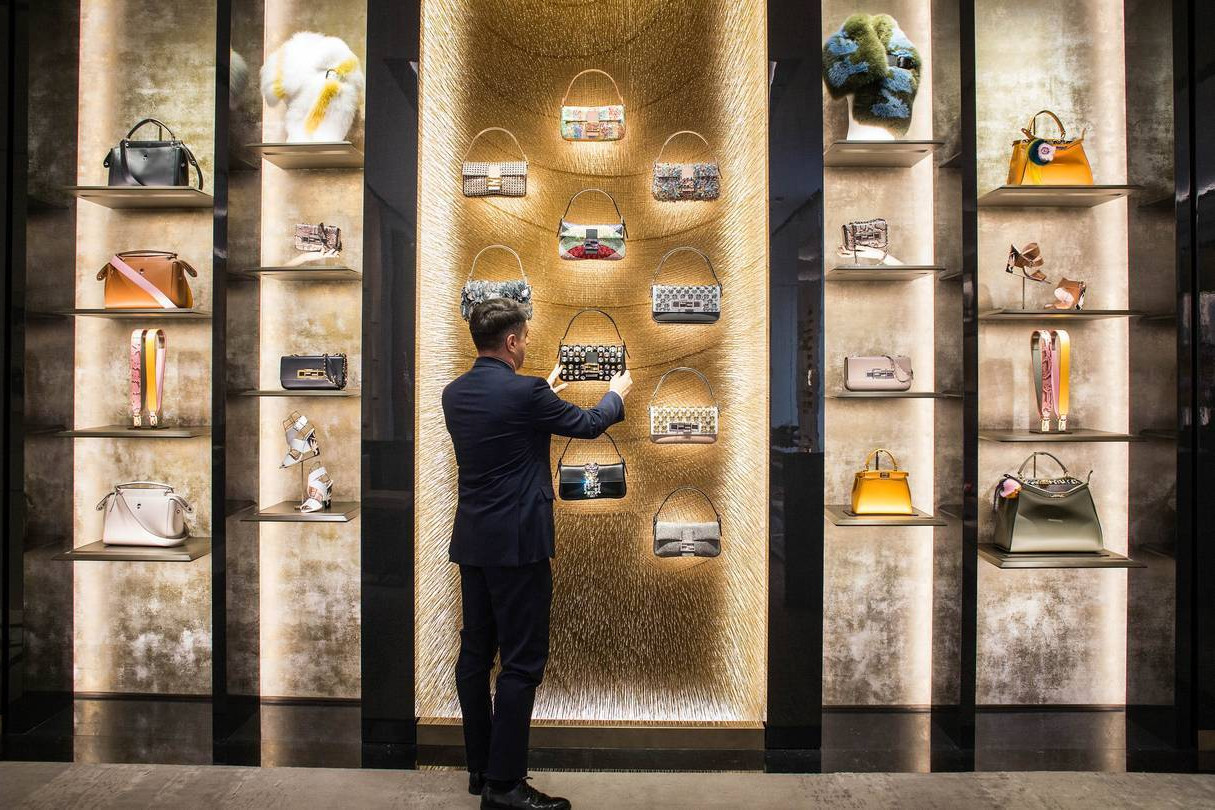
 y.jpg)
Forever associated with the Fendi image, the legendary Baguette bag and the timeless Peekaboo have helped to shape the House’s influence.
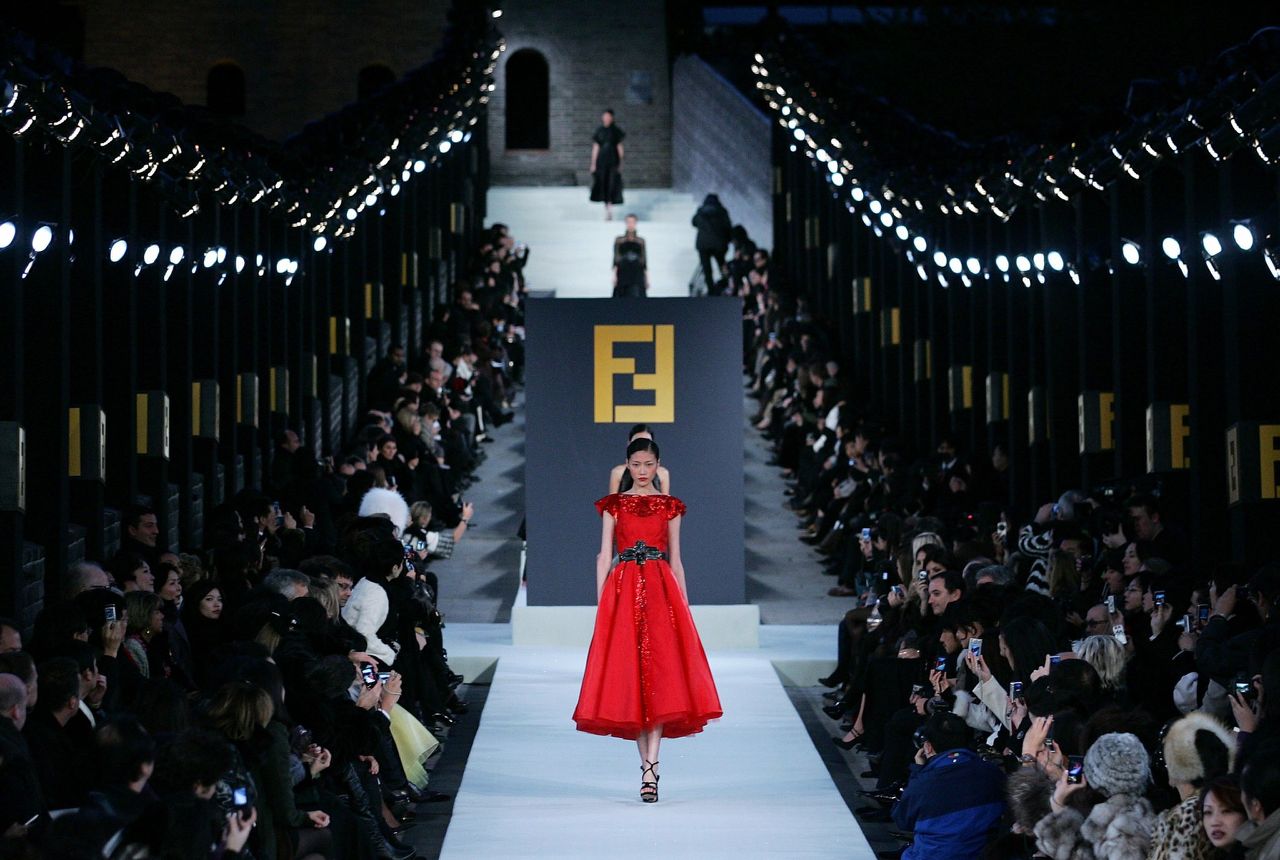
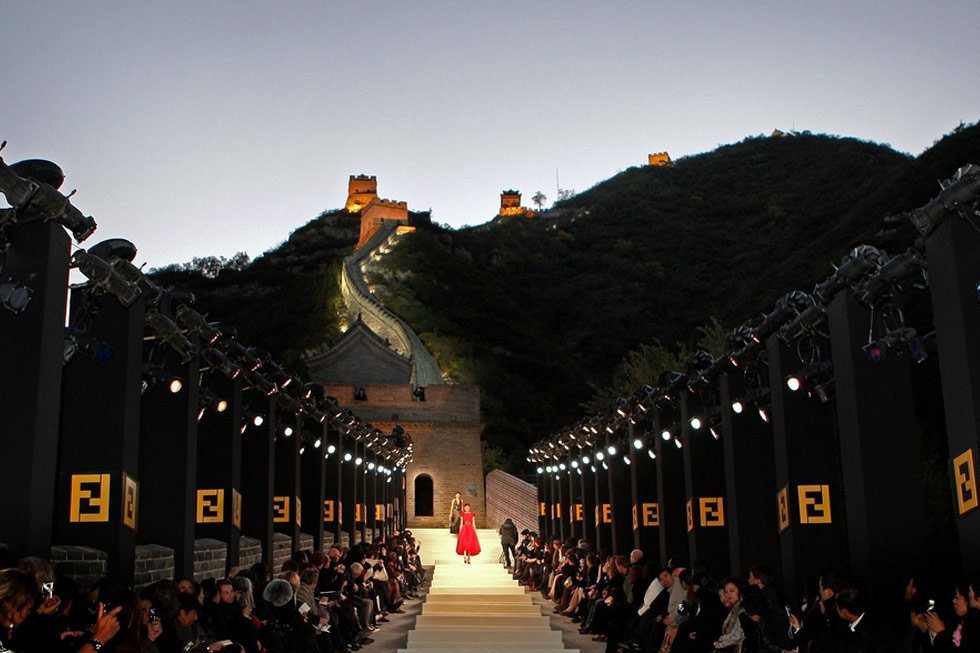
It is a reputation that even went beyond the borders of the Earth when Fendi put on a fashion show atop the Great Wall of China on October 19, 2007, making this breathtaking event the first show visible from the Moon!

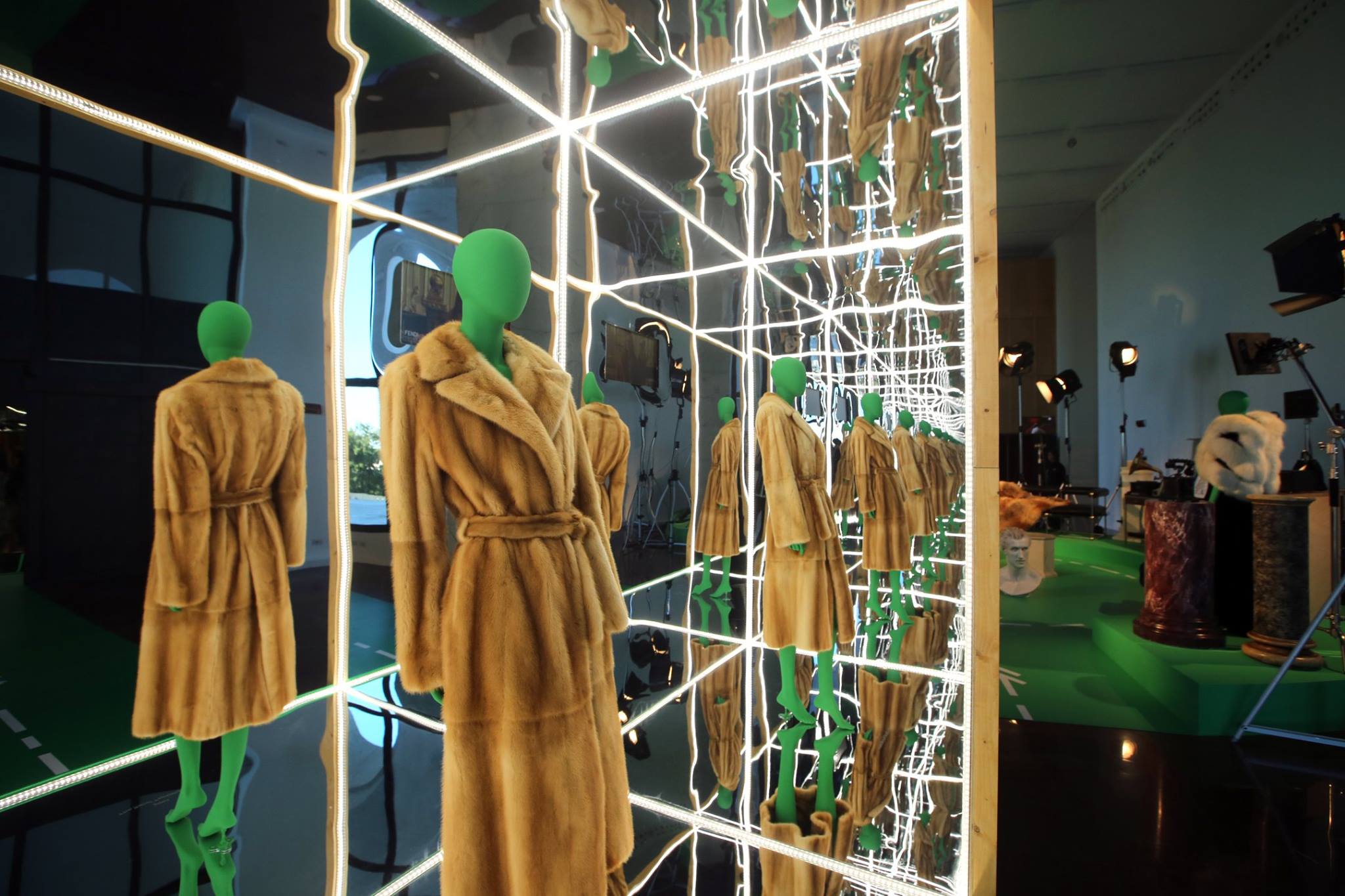
Icon
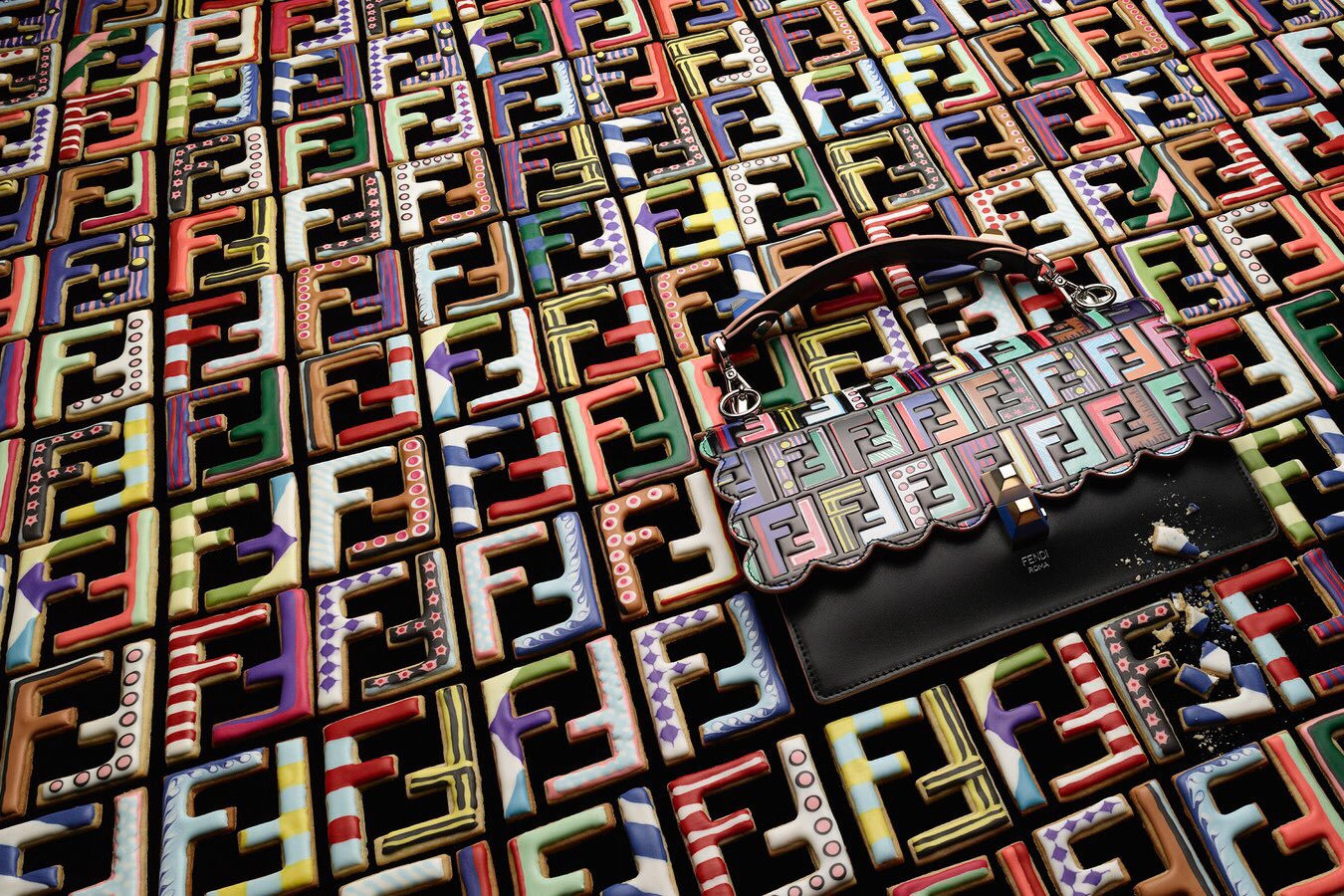
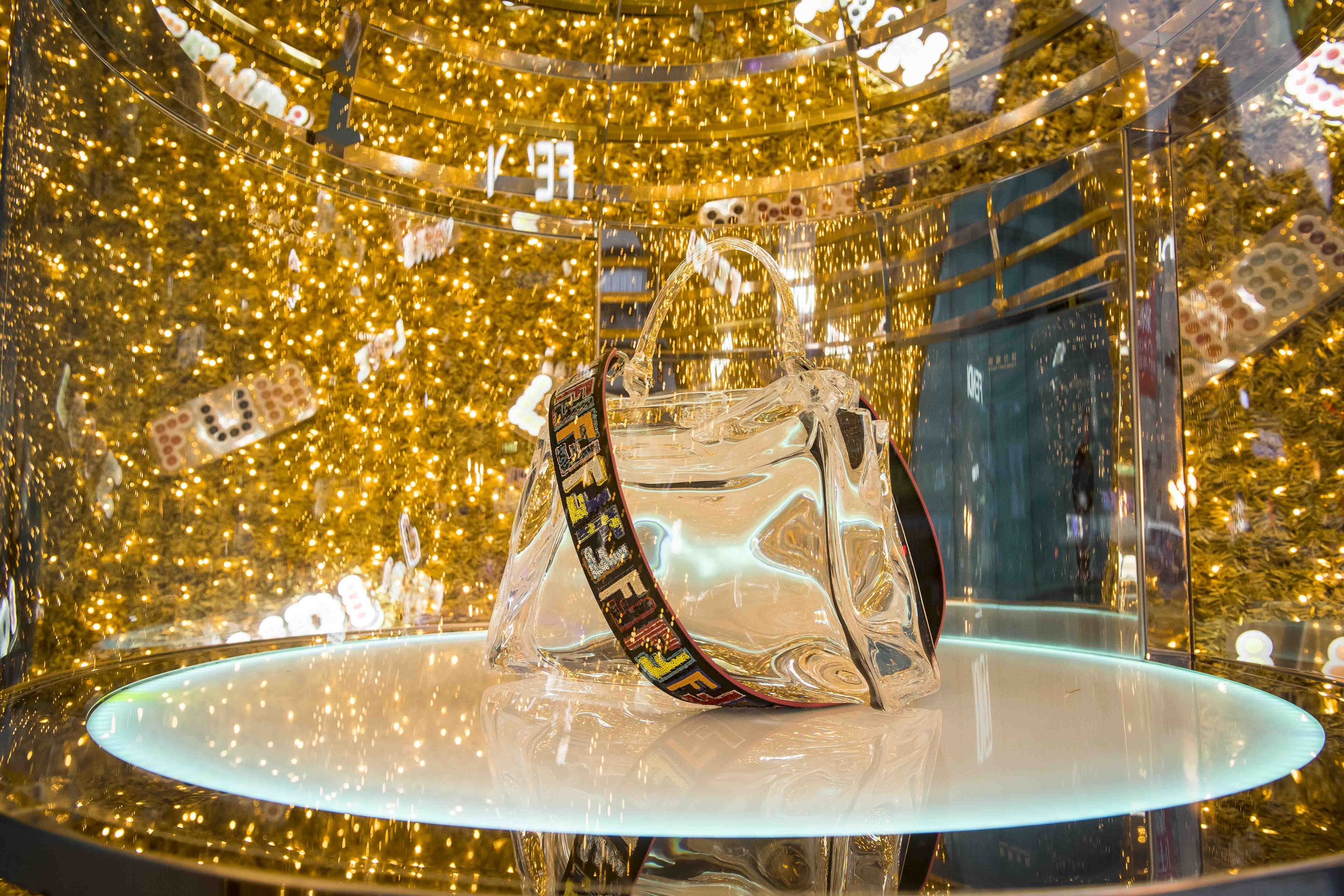
A House specialty since it was founded in 1925, working with fur is a part of Fendi's historic range of expression, being the only brand to have an inhouse fur atelier. From a social status symbol to a fashion phenomenon, this elegant staple changed under the successive guidance of Adele and Edoardo's five daughters and Karl Lagerfeld since 1965.
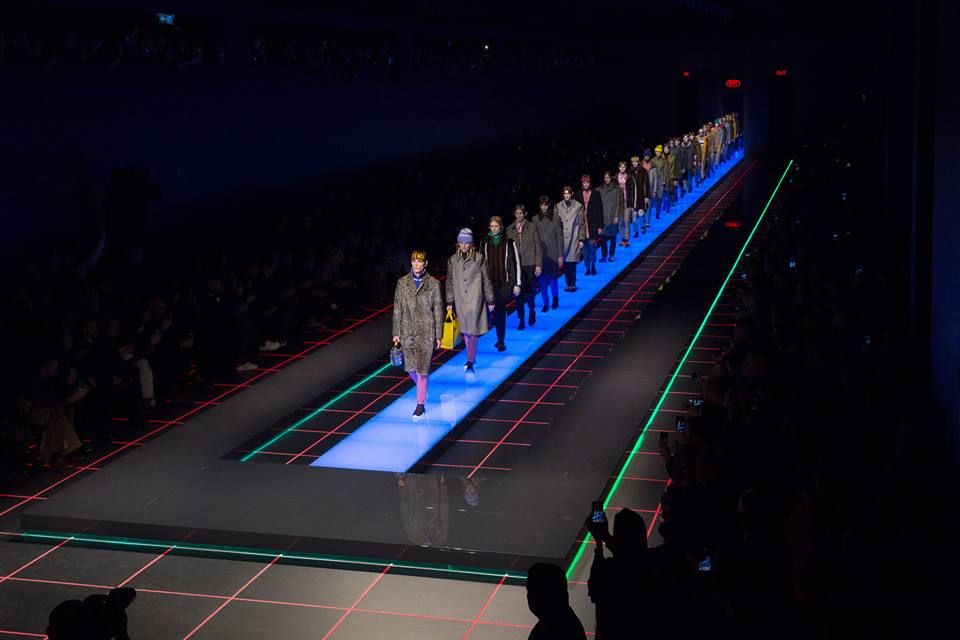
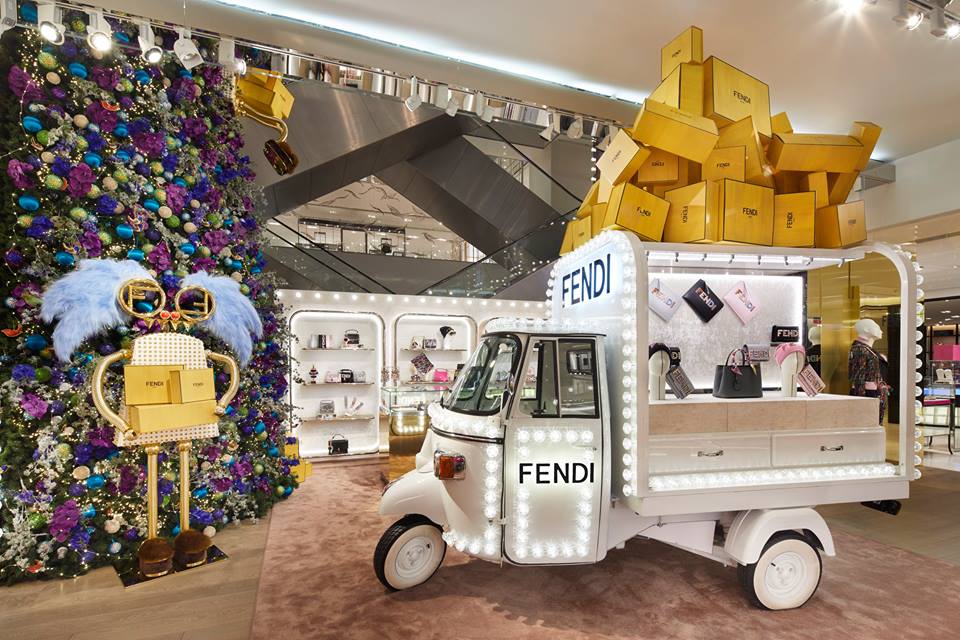
Outlook
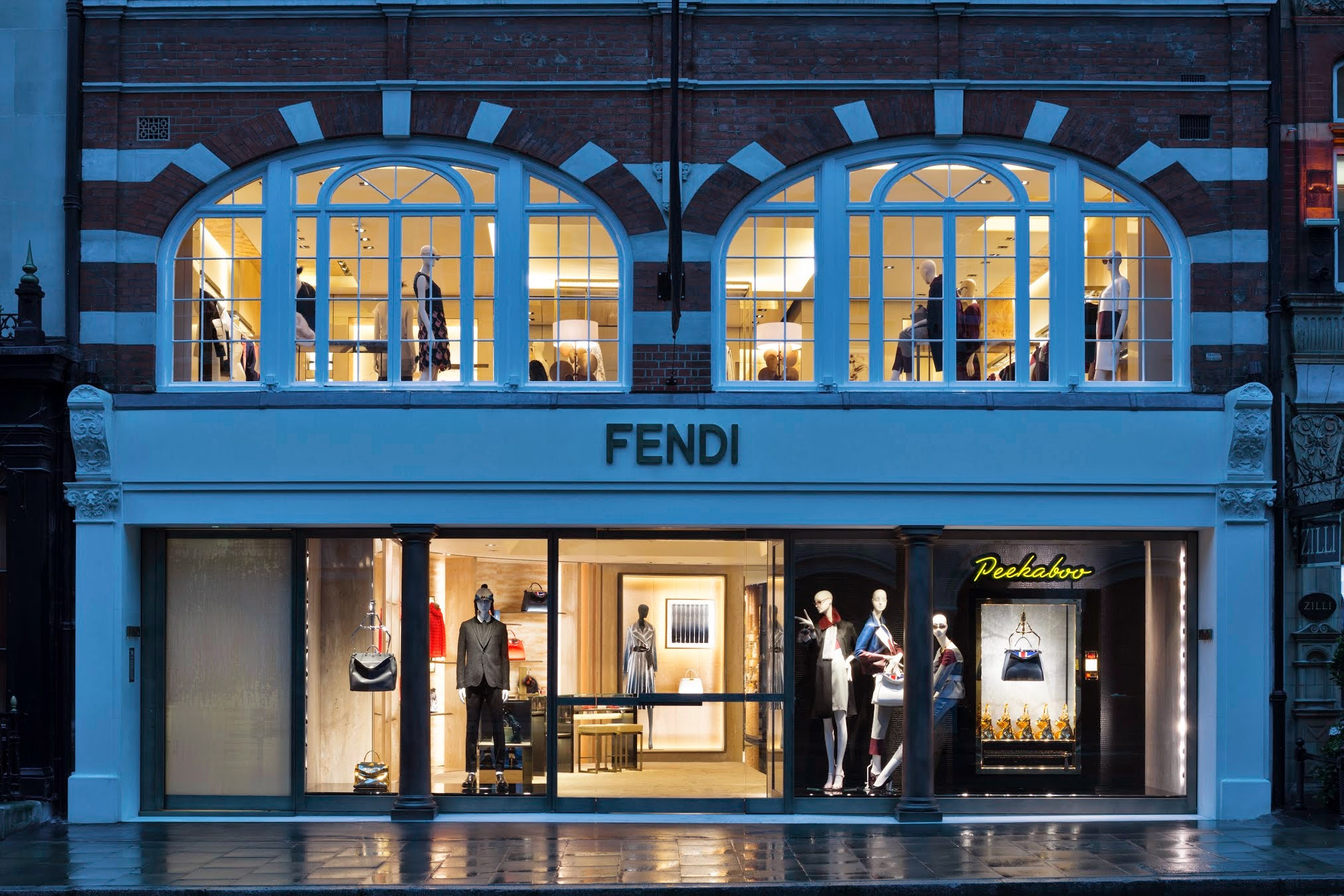
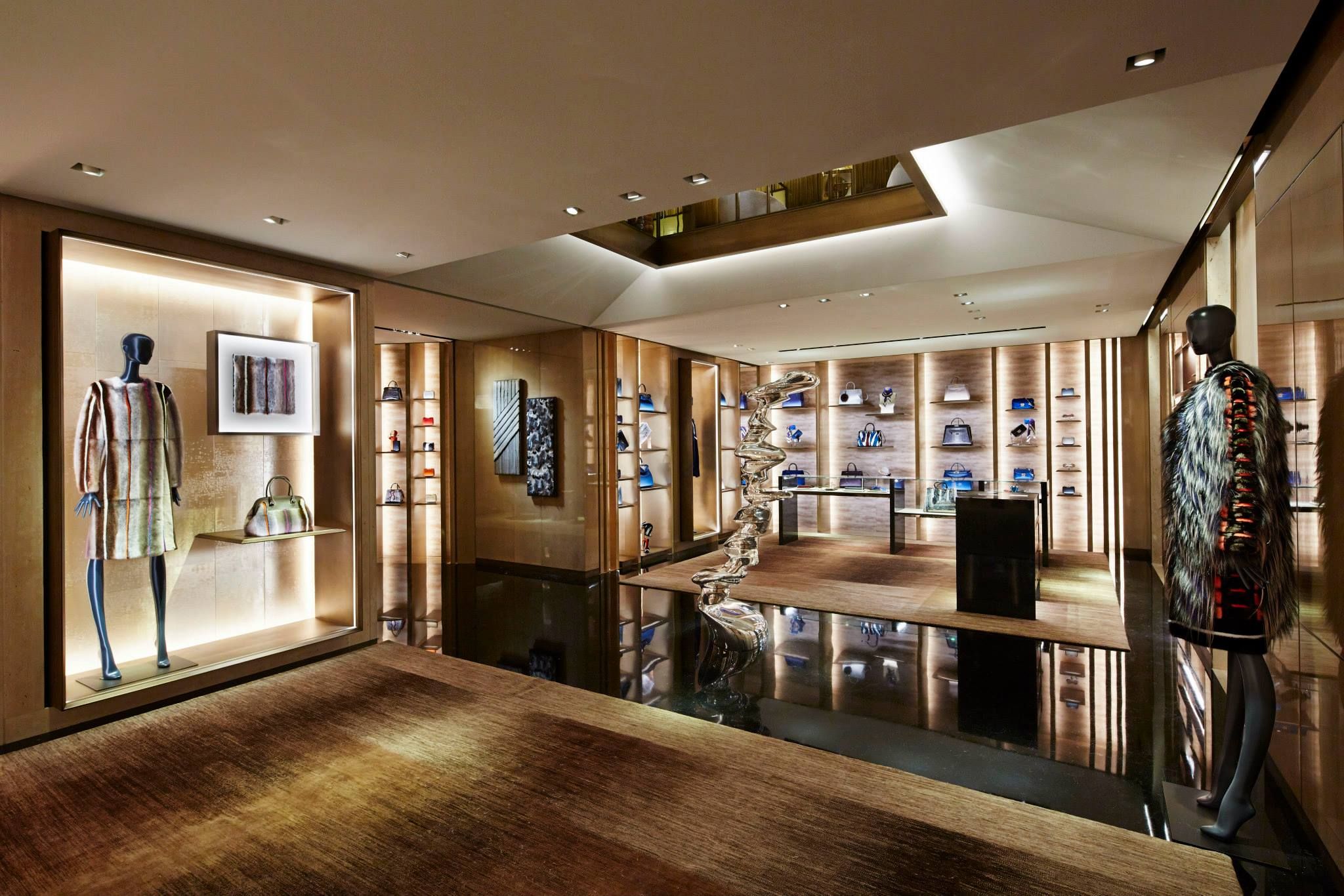
The Fendi boutique concept has evolved as the House too has progressed. As it prepares to celebrate 90 years in business, the network of stores is changing to accentuate and celebrate the heritage and contemporaneity of the Rome-based brand.
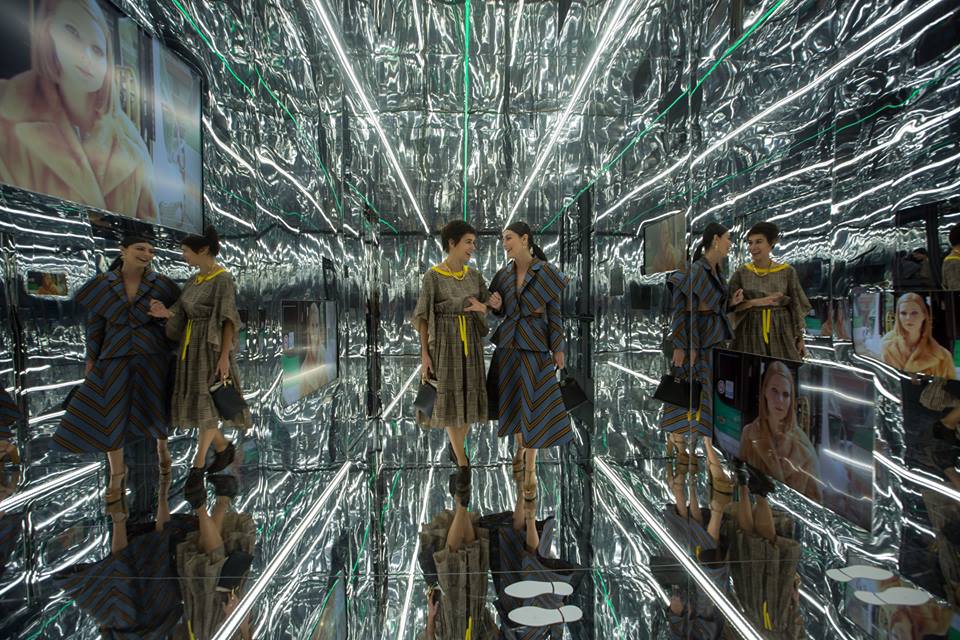
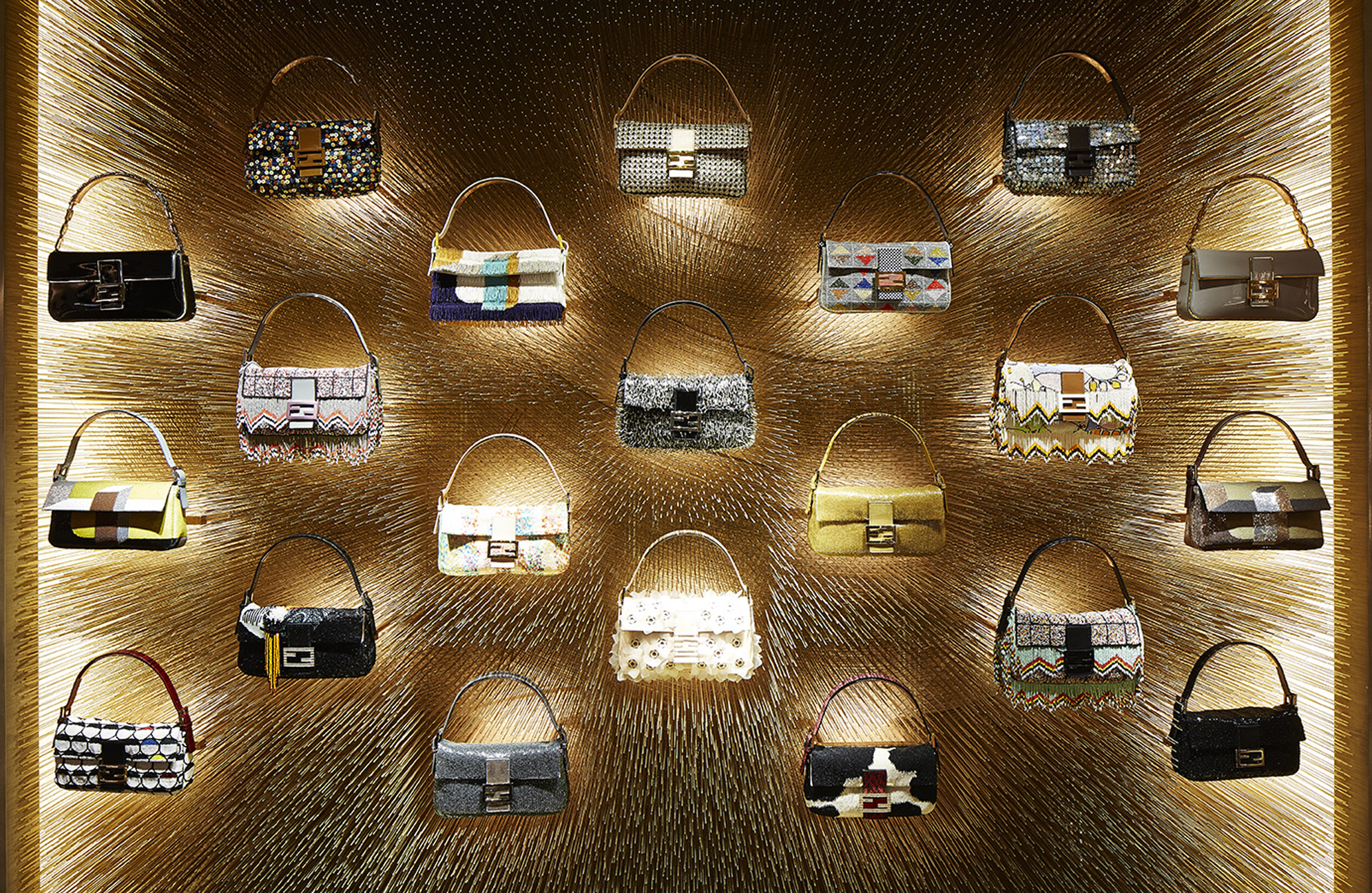
Each of these prestigious boutiques on the world’s most beautiful streets contains a wall of baguette bags with some 40,000 bronze spikes.
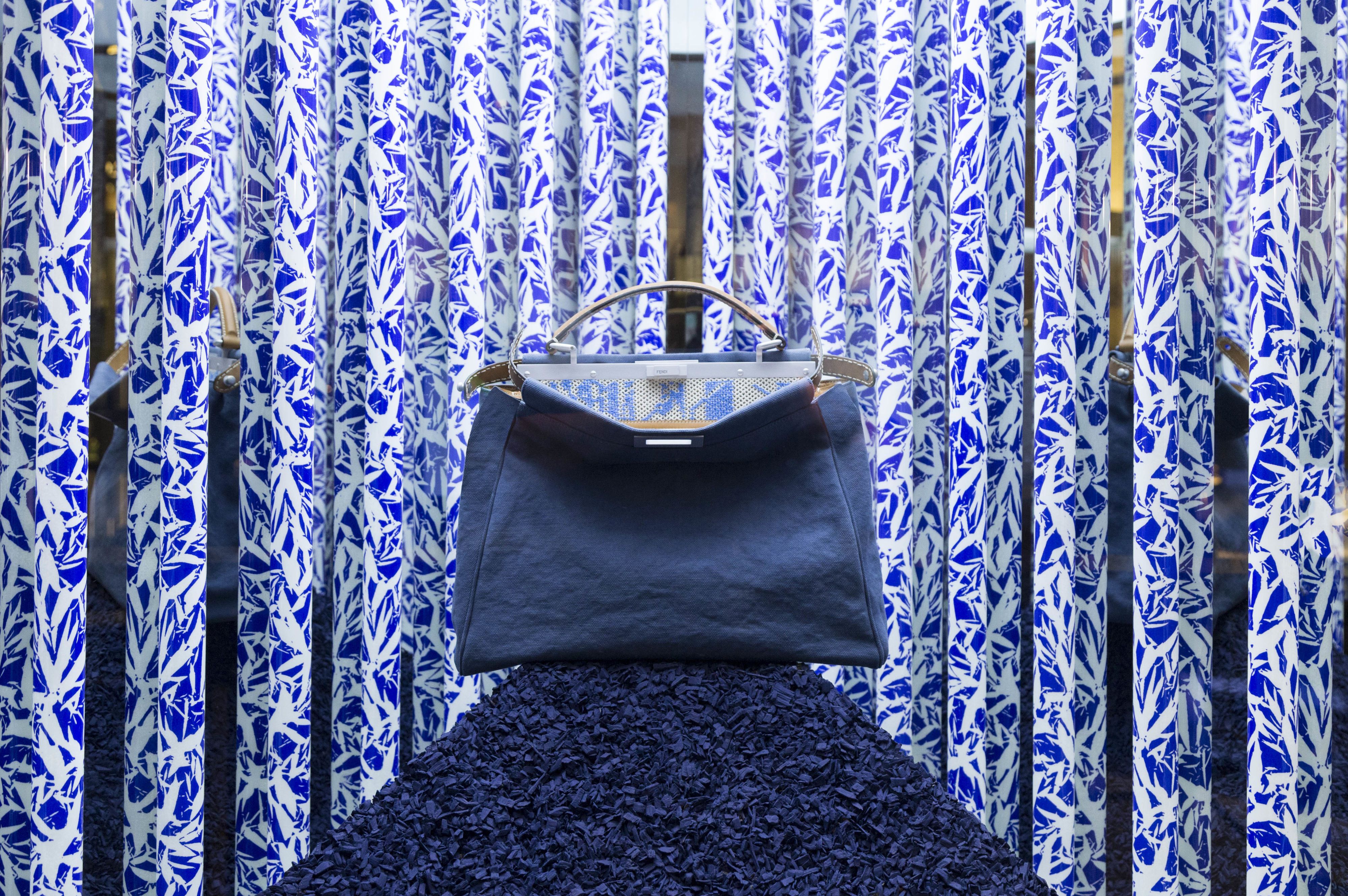
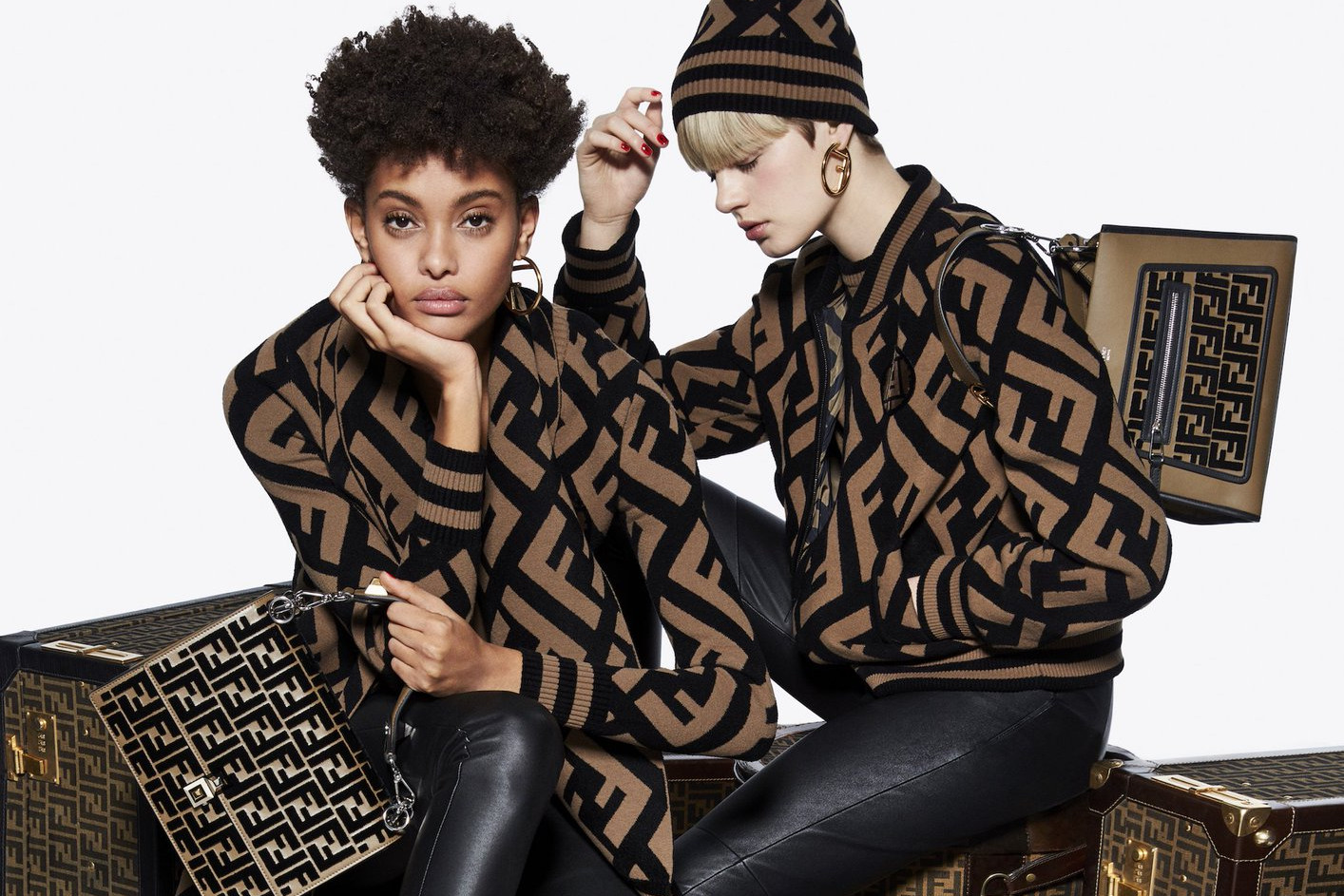
A spectacular installation to showcase the first it-bag in the world, which was created by Silvia Venturini Fendi in 1997 and remains as iconic today.
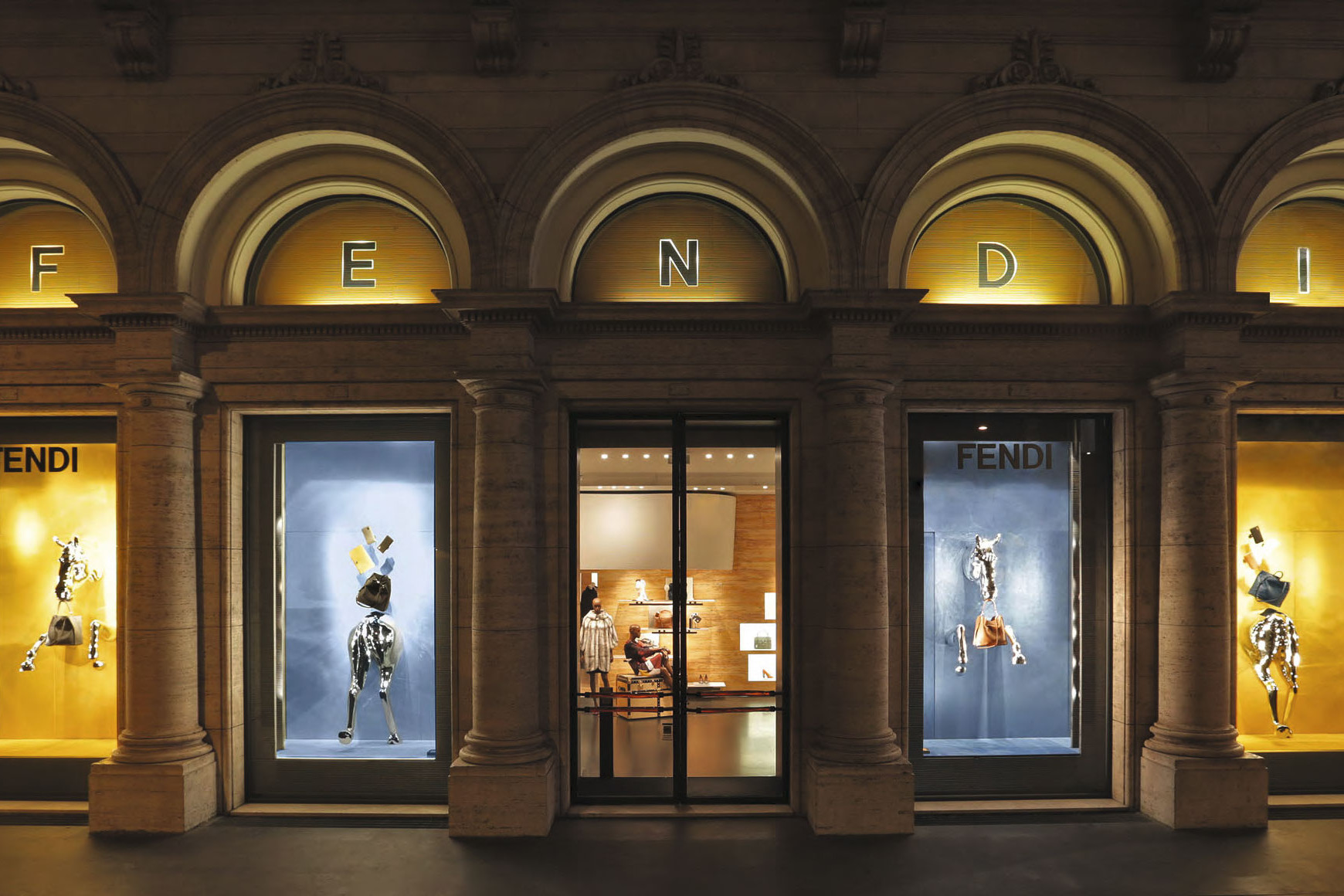
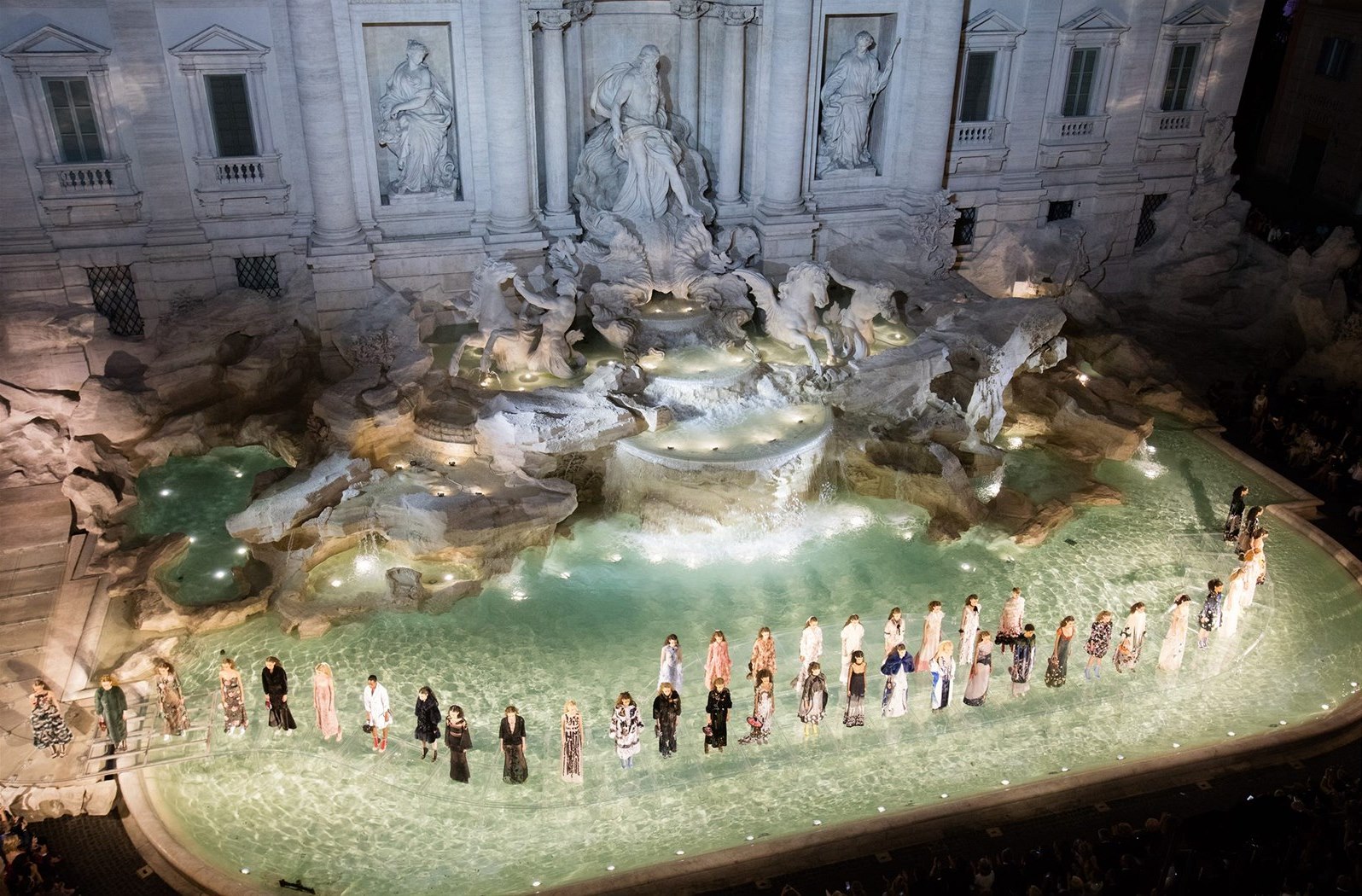
Products Fendi
Fendi
Founded in 1925 in Rome

Identity

To explain the Fendi fashion house a mathematical theorem would perhaps be necessary, in which tradition and innovation, craftsmanship and freedom of creativity are wisely dosed as a guarantee of a success never taken for granted, following the idea that nothing is impossible. - Silvia Venturini Fendi


The Fendi adventure began in 1925 on Via del Plebiscito, a busy street whose location in the heart of Rome made it a main thoroughfare used by the transalpine aristocracy.


Adele and Edoardo Fendi opened a small and medium leather goods shop and set up what was then a secret fur workshop.


The shop was set in an area through which nobility would ride on their way to excursions by the sea, and Adele, watching the passing carriages, was inspired by the horse’s beautiful saddles and bridles to create a line of handbags using those same techniques.


Success came quickly, already in the 30s the finest furs and leather accessories of the Fendi laboratory reached international fame thanks to the rich ladies in visit to the Eternal City who had a penchant for Italian craftsmanship.


The success was confirmed when their five daughters, Paola, Anna, Franca, Carla and Alda, decided to get involved in the family business bringing new energy and ideas.


Nicknamed the five fingers of the hand, it was they who, in 1965, invited a young German designer to join the House. His name: Karl Lagerfeld!


A year later came the double F logo originally used as invisible lining for luggage, which today has become a symbol of luxury and exhibited with pride among the most significant examples of the phenomenon of logo mania.


After revolutionizing how to wear fur by fully reinterpreting it, transforming it into a fashionable, soft, light item of clothing, Karl Lagerfeld launched the House’s ready-to-wear collection in 1977. He still provides artistic direction alongside Silvia Venturini Fendi, who represents the third generation of the family and is in charge of accessories, menswear and kidswear.


In the ‘80s Fendi emerged as a global lifestyle brand, in 1989 Fendi Casa was founded, with the aim of decorating the environments with the same perspective of the fashion lines.


Foxes, mink, sable are so transposed into plaids and cushions, characterized by fashion details like the double F logo or the characteristic Spy Bag closing.

 y.jpg)
Forever associated with the Fendi image, the legendary Baguette bag and the timeless Peekaboo have helped to shape the House’s influence.


It is a reputation that even went beyond the borders of the Earth when Fendi put on a fashion show atop the Great Wall of China on October 19, 2007, making this breathtaking event the first show visible from the Moon!


Icon


A House specialty since it was founded in 1925, working with fur is a part of Fendi's historic range of expression, being the only brand to have an inhouse fur atelier. From a social status symbol to a fashion phenomenon, this elegant staple changed under the successive guidance of Adele and Edoardo's five daughters and Karl Lagerfeld since 1965.


Outlook


The Fendi boutique concept has evolved as the House too has progressed. As it prepares to celebrate 90 years in business, the network of stores is changing to accentuate and celebrate the heritage and contemporaneity of the Rome-based brand.


Each of these prestigious boutiques on the world’s most beautiful streets contains a wall of baguette bags with some 40,000 bronze spikes.


A spectacular installation to showcase the first it-bag in the world, which was created by Silvia Venturini Fendi in 1997 and remains as iconic today.


Products Fendi
-
Fendi - Fendi Way - Square Oversize Sunglasses - Yellow - Sunglasses - Fendi...
Oversized square Fendi Way eyeglasses in yellow acetate. Lenses cut off at the top with an ivory lacquered edge. Light brown lenses.
263,50 € 310,00 € -15%Reduced price ! -
Fendi - Fendi Way - Square Oversize Sunglasses - Black - Sunglasses - Fendi...
Oversized square Fendi Way eyeglasses in black acetate. Lenses cut off at the top with a beige lacquered edge. Gray lenses.
263,50 € 310,00 € -15%Reduced price ! -
Fendi - Fendigraphy - Rectangular Sunglasses - Beige- Sunglasses - Fendi Eyewear
Rectangular Fendigraphy eyeglasses in beige acetate inspired by the Hobo bag. Temples with in-line palladium-colored metal Fendi maxi lettering. Light brown lenses.
365,50 € 430,00 € -15%Reduced price ! -
Fendi - Fendigraphy - Rectangular Sunglasses - Black - Sunglasses - Fendi...
Rectangular Fendigraphy eyeglasses in black acetate inspired by the Hobo bag. Temples with in-line gold-colored metal Fendi maxi lettering. Blue lenses.
365,50 € 430,00 € -15%Reduced price ! -
Fendi - Fendi Diagonal - Rectangular Sunglasses - Black - Sunglasses - Fendi...
Rectangular Fendi Diagonal glasses in black acetate. High temples with a black Diagonal insert and laser-cut Fendi Shadow motif. Smoke-colored lenses.
289,00 € 340,00 € -15%Reduced price ! -
Fendi - Fendi Diagonal - Rectangular Sunglasses - Havana - Sunglasses - Fendi...
Rectangular Fendi Diagonal glasses in Havana acetate. High temples with a black Diagonal insert and laser-cut Fendi Shadow motif. Smoke-colored lenses.
289,00 € 340,00 € -15%Reduced price ! -
Fendi - Fendi Diagonal - Square Sunglasses - Black - Sunglasses - Fendi Eyewear
Square Fendi Diagonal eyeglasses in black acetate. Temples featuring a black Diagonal insert and laser-cut Fendi motif. Smoke-colored lenses.
289,00 € 340,00 € -15%Reduced price ! -
Fendi - Fendi Diagonal - Square Sunglasses - Havana - Sunglasses - Fendi Eyewear
Square Fendi Diagonal eyeglasses in Havana acetate. Temples featuring a black Diagonal insert and laser-cut Fendi motif. Smoke-colored lenses.
289,00 € 340,00 € -15%Reduced price ! -
Fendi - Fendi Sky - Pilot Sunglasses - Gold Green - Sunglasses - Fendi Eyewear
Aviator, ultra-lightweight Fendi Sky glasses featuring green lenses and metal end pieces with 3D FF customisation. Slim gold-colored metal temples with green acetate tips. Adjustable nose pads.
323,00 € 380,00 € -15%Reduced price ! -
Fendi - Fendi Sky - Pilot Sunglasses - Gold Brown - Sunglasses - Fendi Eyewear
Aviator, ultra-lightweight Fendi Sky glasses featuring brown lenses and metal end pieces with 3D FF customisation. Slim gold-colored metal temples with black acetate tips. Adjustable nose pads.
323,00 € 380,00 € -15%Reduced price ! -
Fendi - Fendi Travel - Geometric Sunglasses - Silver - Sunglasses - Fendi...
Fendi Travel glasses with a geometric shape in palladium-colored metal. Front characterized by the FF pattern engraved on the upper part. Silver flash lenses. Adjustable nose pads customized with the Fendi logo.
306,00 € 360,00 € -15%Reduced price ! -
Fendi - Fendi Lab - Shield Sunglasses - Green - Sunglasses - Fendi Eyewear
Fendi Lab shield with transparent green nylon construction. Embossed matte FF motif on the entire frame. Flash green lenses.
314,50 € 370,00 € -15%Reduced price ! -
Fendi - Fendi Lab - Shield Sunglasses - Black - Sunglasses - Fendi Eyewear
Fendi Lab shield with glossy black nylon construction. Embossed matte FF motif on the entire frame. Smoke-colored lenses.
314,50 € 370,00 € -15%Reduced price ! -
Fendi - Fendigraphy - Square Sunglasses - Black - Sunglasses - Fendi Eyewear
Fendigraphy square glasses with double bridge in black acetate. Temples in ultra-black ruthenium-finish metal 3D Fendi lettering. Smoke-colored lenses.
323,00 € 380,00 € -15%Reduced price ! -
Fendi - Fendigraphy - Square Sunglasses - Brown Havana - Sunglasses - Fendi...
Fendigraphy square glasses with double bridge in Havana acetate. Temples with palladium-colored metal 3D Fendi lettering. Brown lenses.
323,00 € 380,00 € -15%Reduced price ! -
Fendi - Fendi Roma - Oval Sunglasses - Purple - Sunglasses - Fendi Eyewear
Oval-shaped Fendi Roma glasses in transparent purple acetate. Part of the collection curated with designer Stefano Pilati, the style is customized with temples with visible metal core with laser-etched FF motif. Palladium finish Fendi Roma logo on the sides. Purple lenses.
246,50 € 290,00 € -15%Reduced price ! -
Fendi - Fendi Roma - Oval Sunglasses - White Brown - Sunglasses - Fendi Eyewear
Oval-shaped Fendi Roma glasses in transparent white acetate. Part of the collection curated with designer Stefano Pilati, the style is customized with temples with visible metal core with laser-etched FF motif. Gold finish Fendi Roma logo on the sides. Brown lenses.
246,50 € 290,00 € -15%Reduced price ! -
Fendi - Fendi Roma - Oval Sunglasses - Havana Brown - Sunglasses - Fendi Eyewear
Fendi Roma oval glasses in Havana acetate. Part of the collection curated with designer Stefano Pilati, the style is customized with temples with visible metal core with laser-etched FF motif. Gold finish Fendi Roma logo on the sides. Brown lenses.
246,50 € 290,00 € -15%Reduced price ! -
Fendi - Baguette - Oval Sunglasses - Rose Gold - Sunglasses - Fendi Eyewear
Oval Baguette eyeglasses in rose-gold metal with a double bridge and Baguette logo. Slim temples with a metal chain with a matching, removable Baguette logo. Adjustable nose pads and mirrored pink lenses.
552,50 € 650,00 € -15%Reduced price ! -
Fendi - Baguette - Oval Sunglasses - Gold - Sunglasses - Fendi Eyewear
Oval Baguette eyeglasses in gold-colored metal with a double bridge and Baguette logo. Slim temples with a metal chain with a matching, removable Baguette logo. Adjustable nose pads and mirrored gold lenses.
552,50 € 650,00 € -15%Reduced price ! -
Fendi - Baguette - Oval Sunglasses - Silver Grey - Sunglasses - Fendi Eyewear
Oval Baguette eyeglasses in silver metal with a double bridge and Baguette logo. Slim temples with a metal chain with a matching, removable Baguette logo. Adjustable nose pads and mirrored gray lenses.
552,50 € 650,00 € -15%Reduced price !



